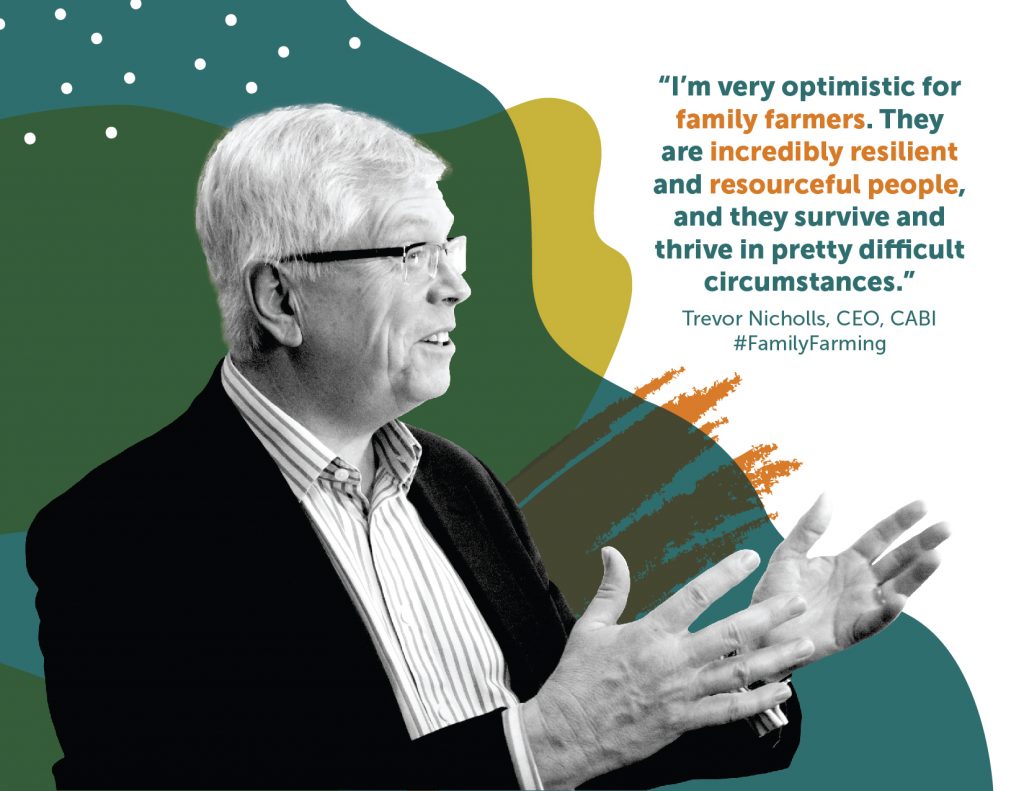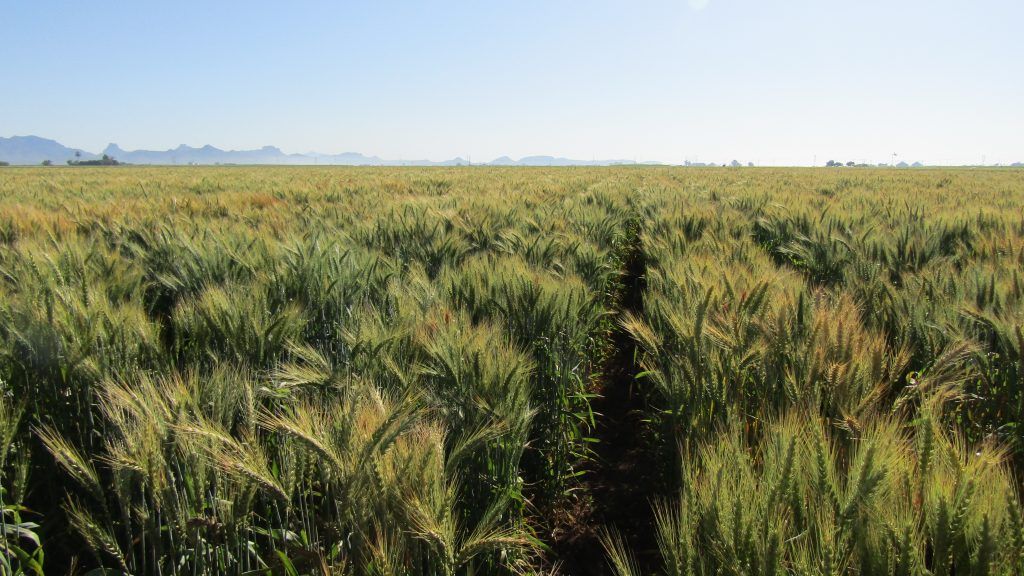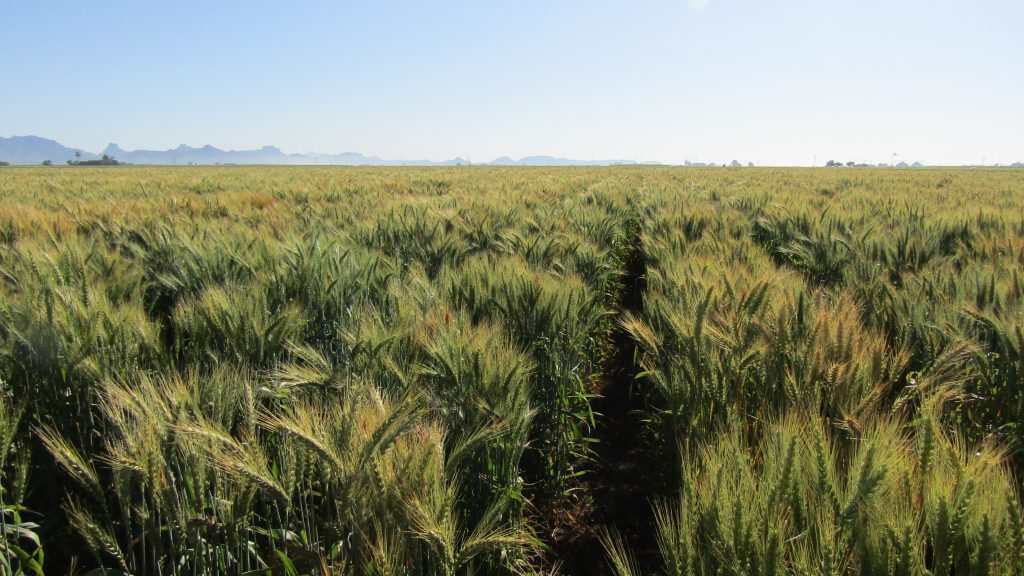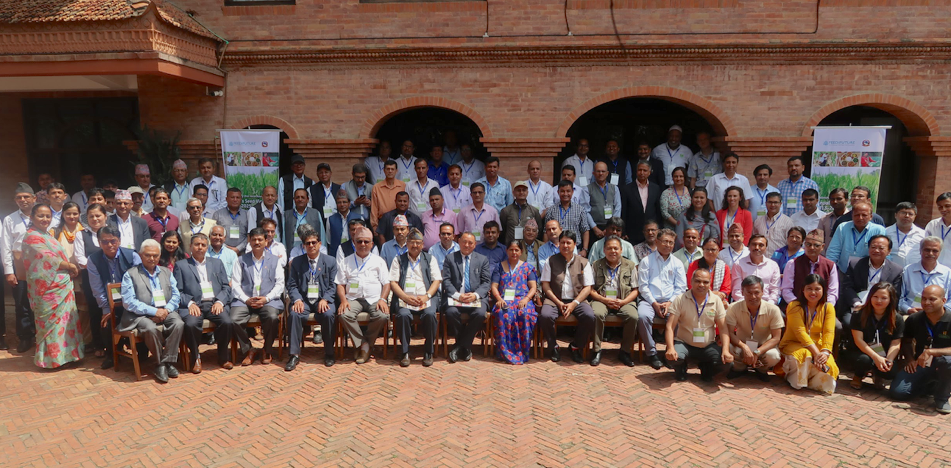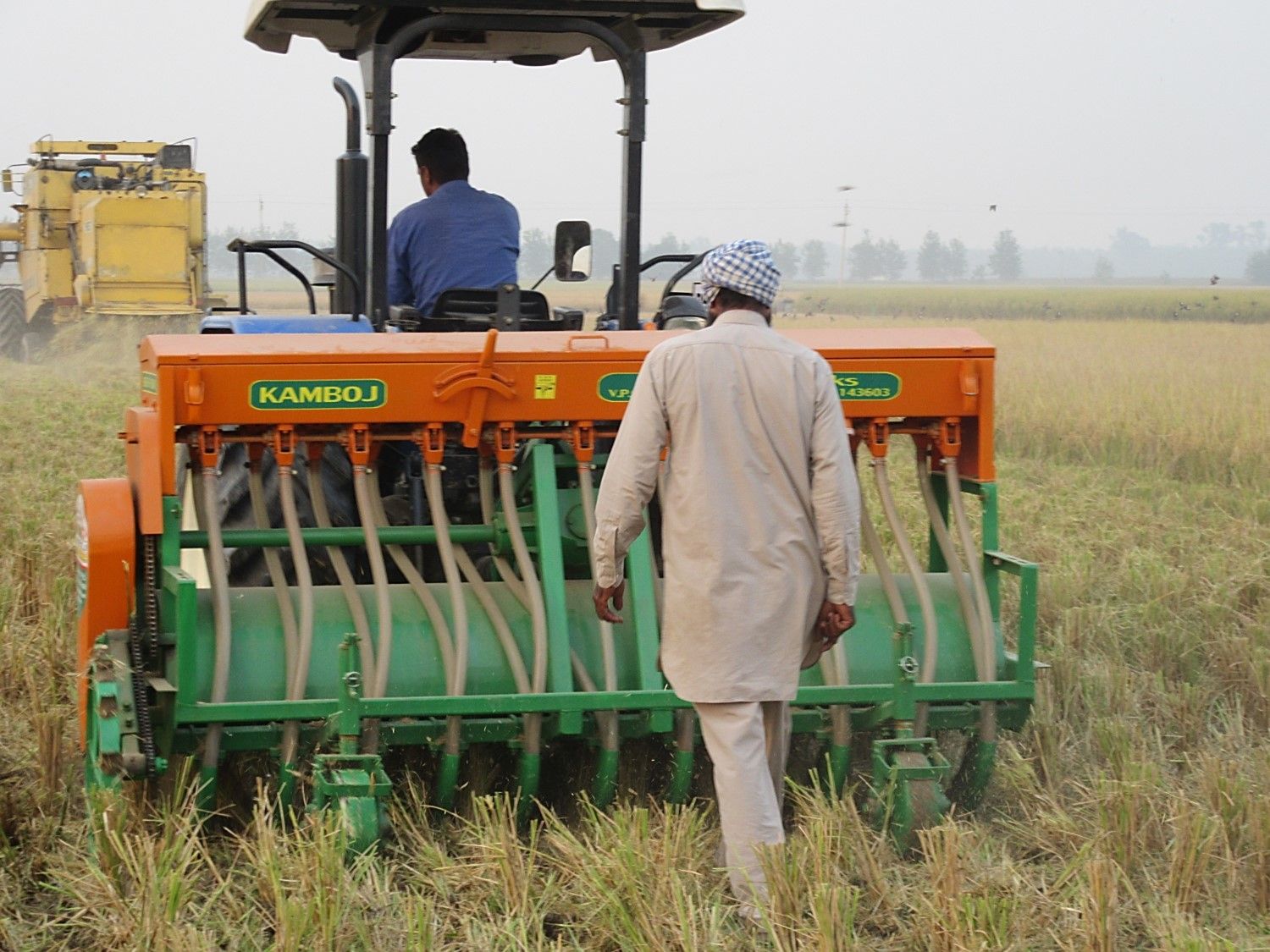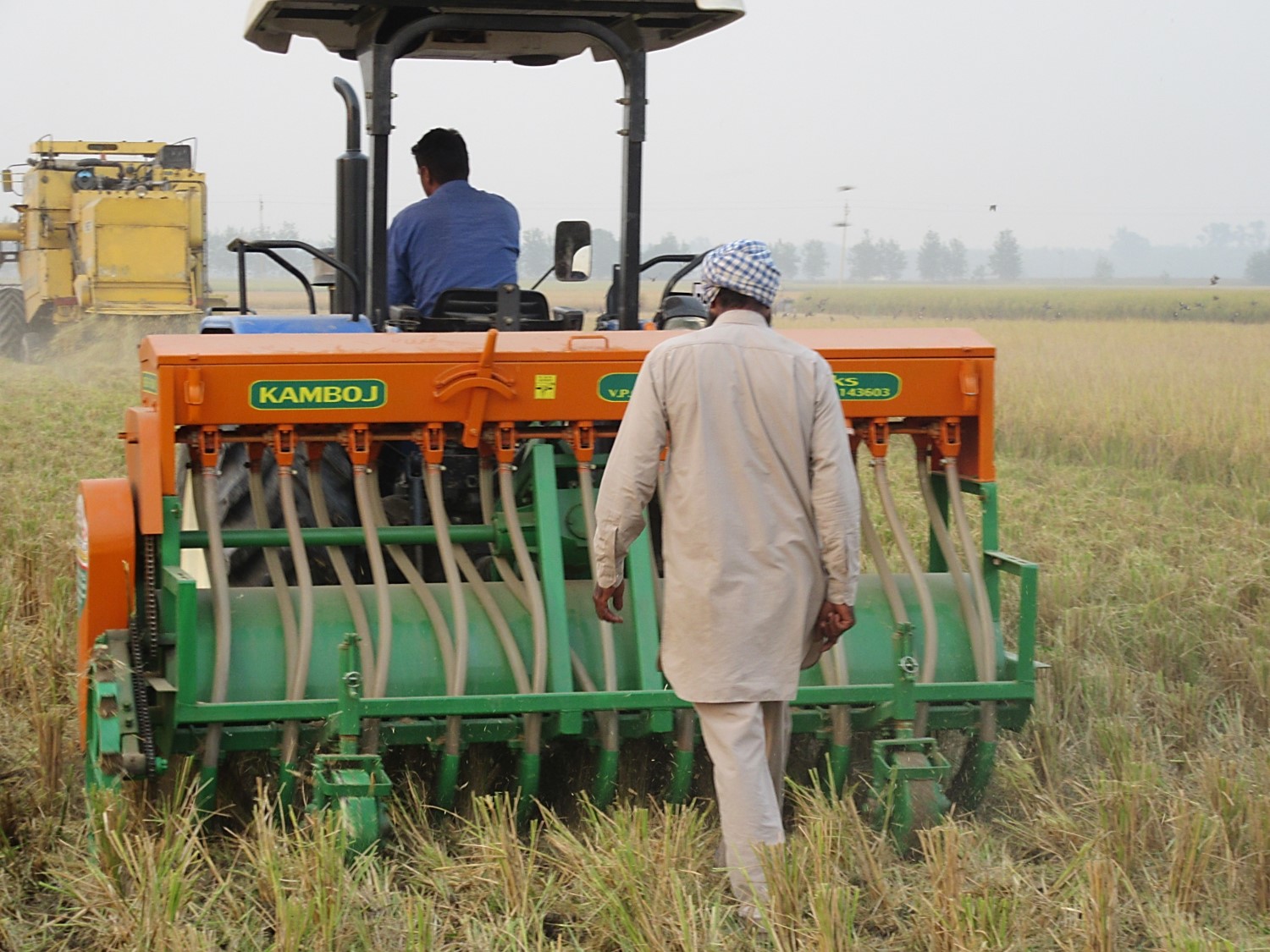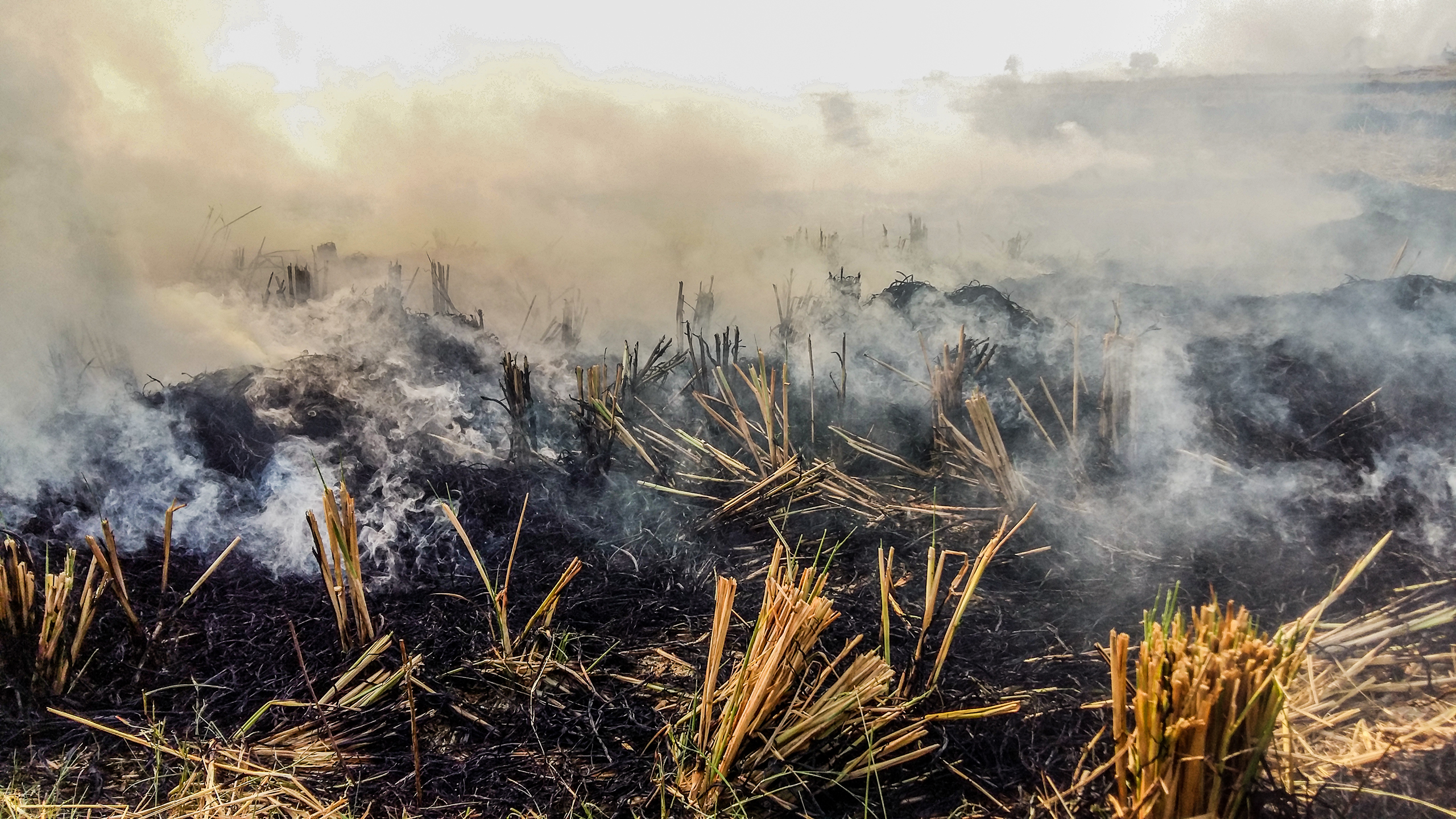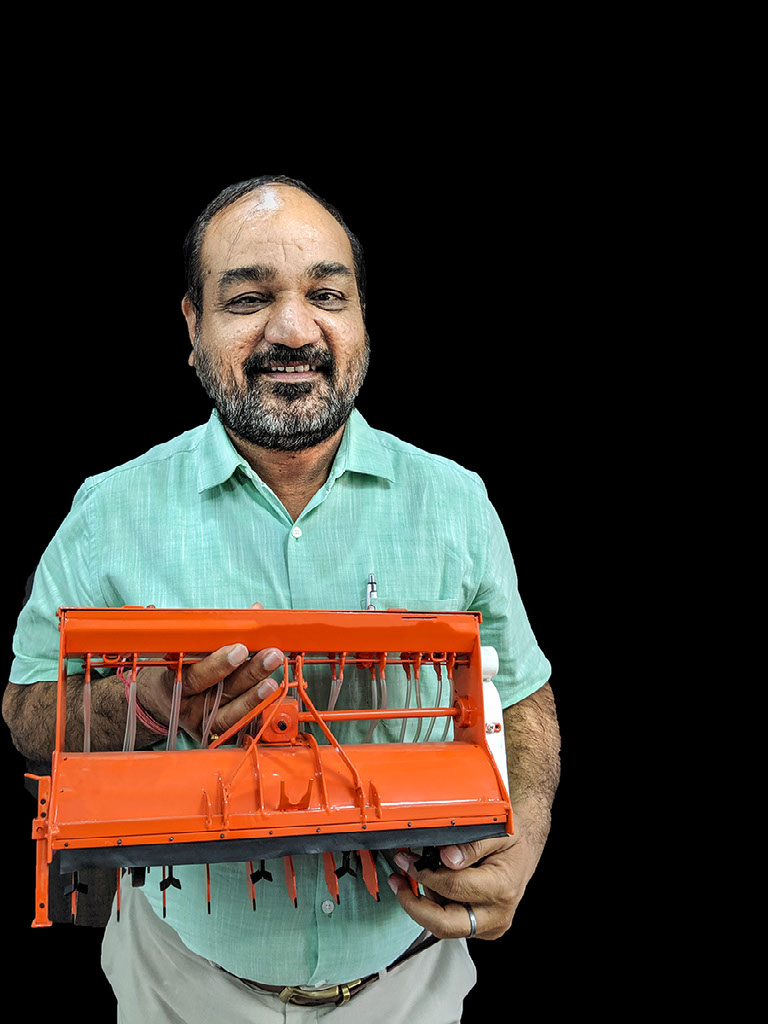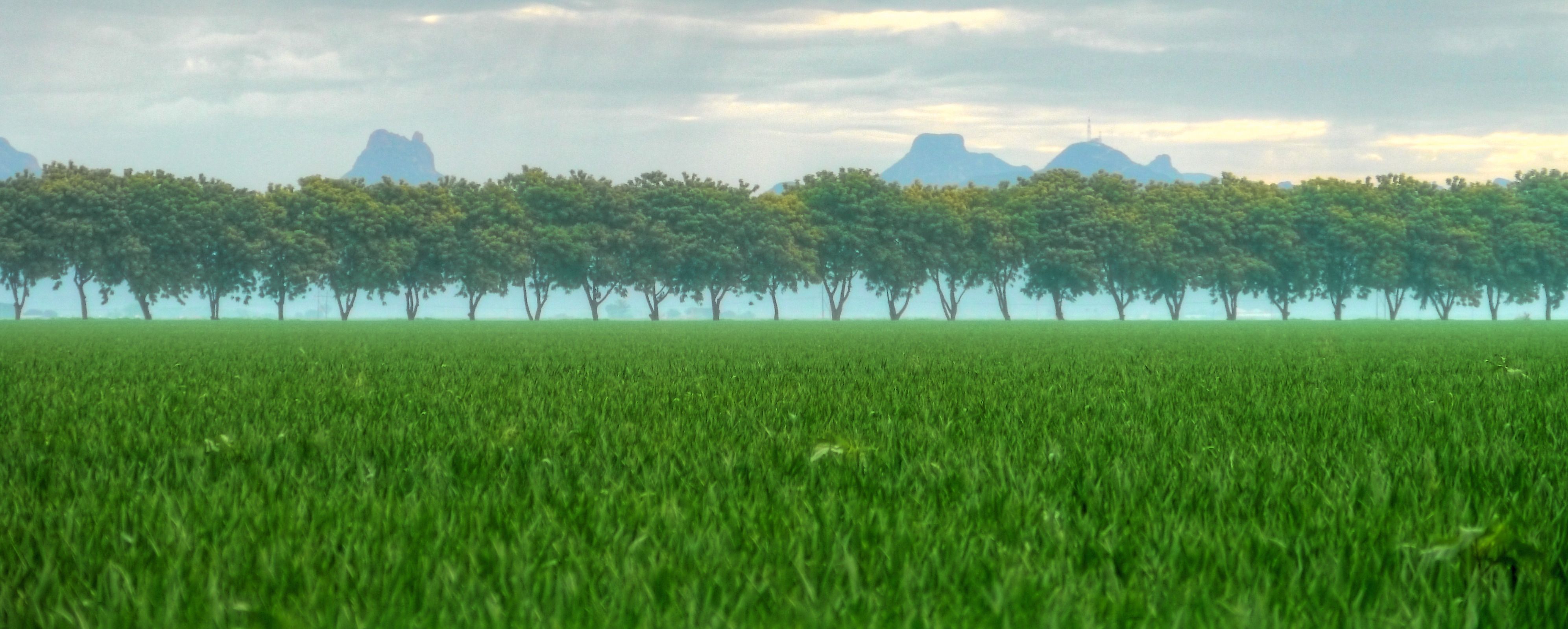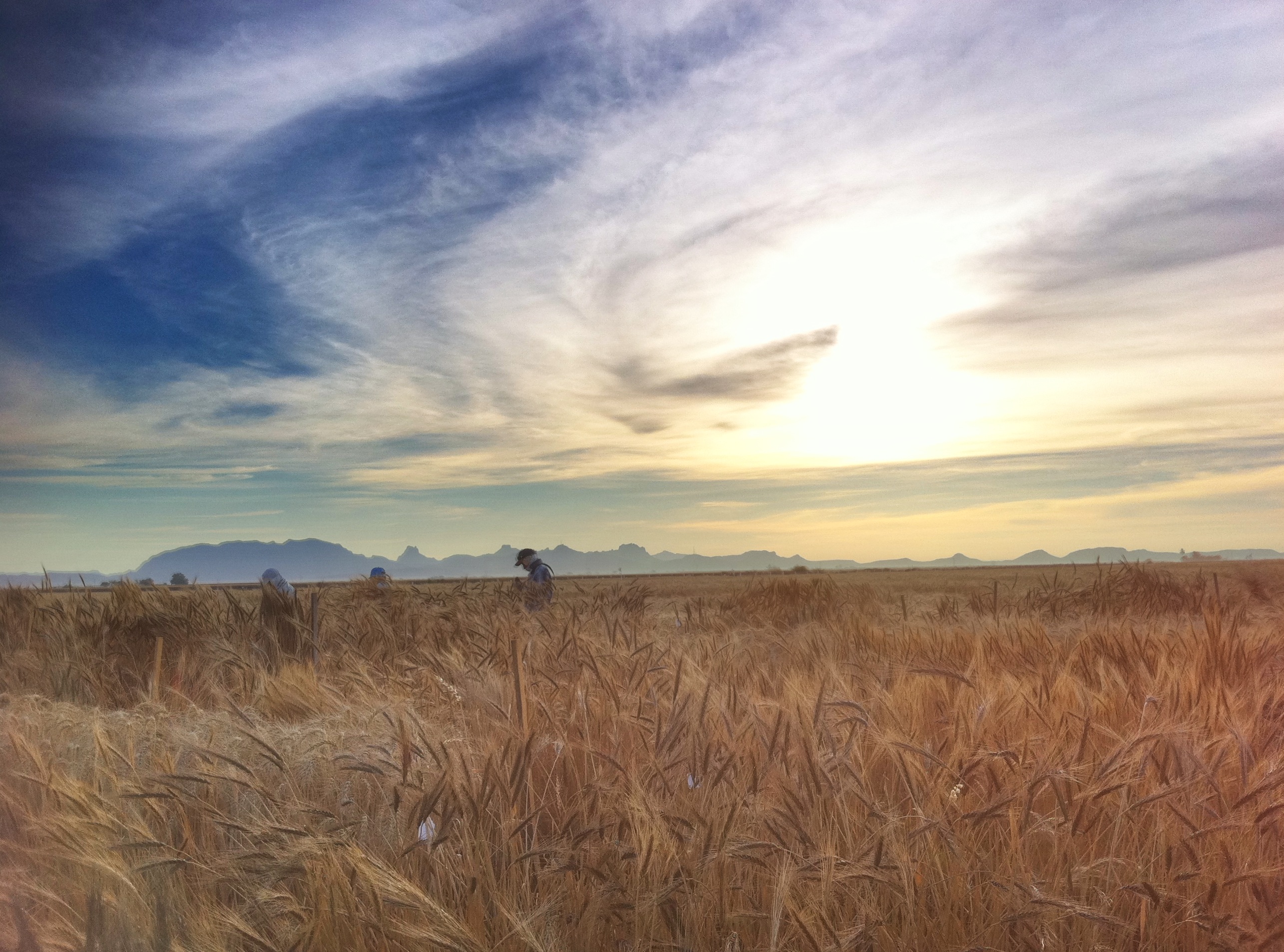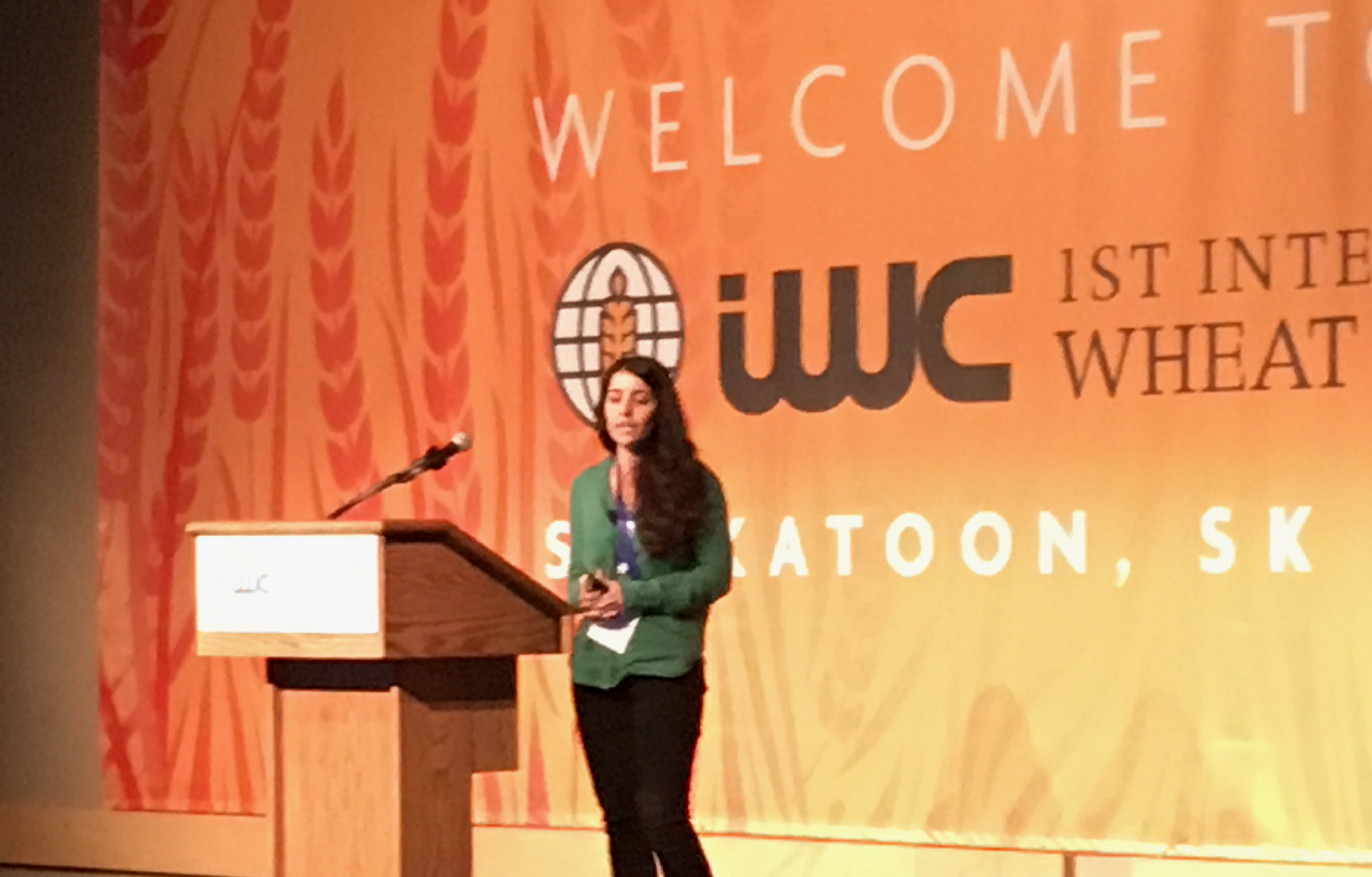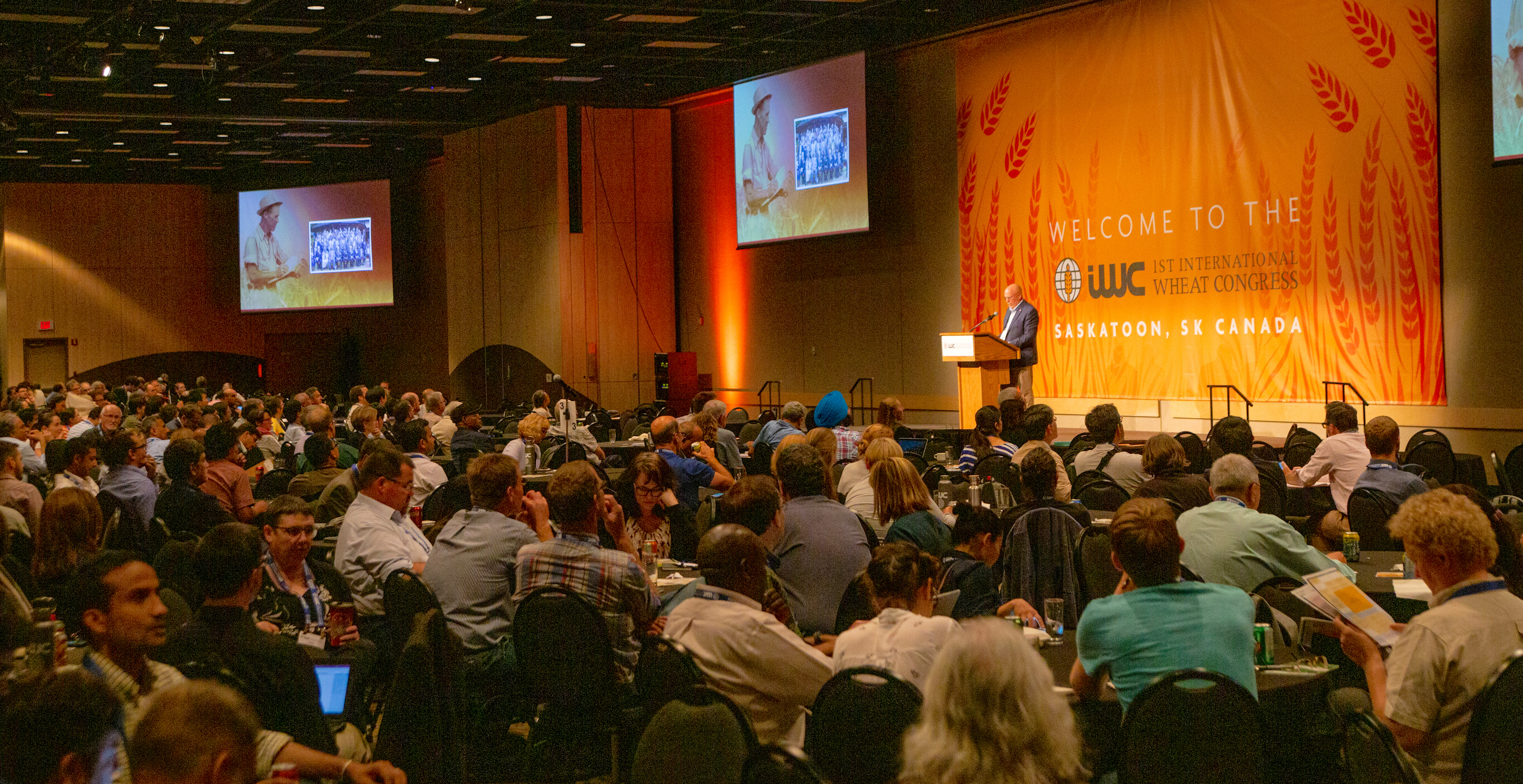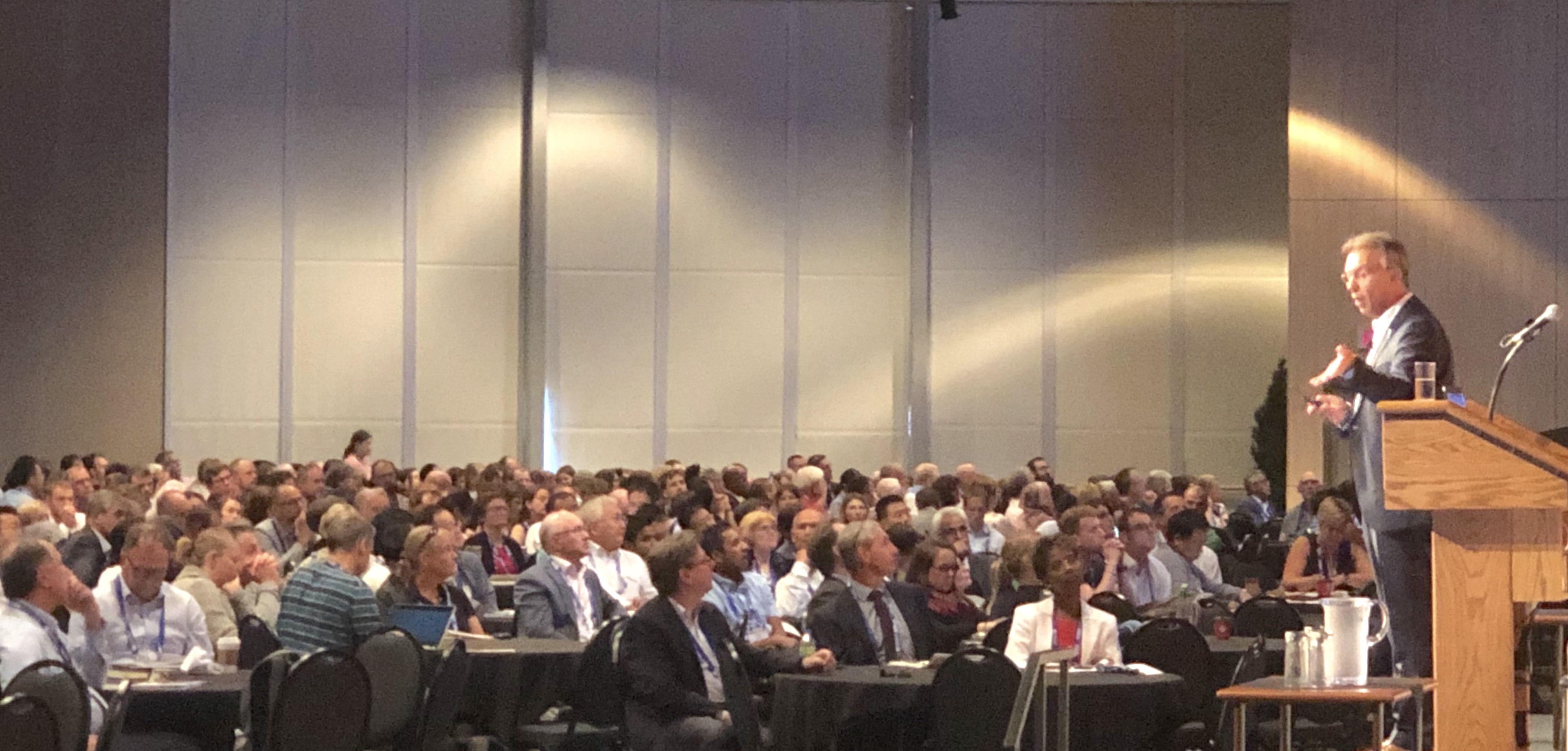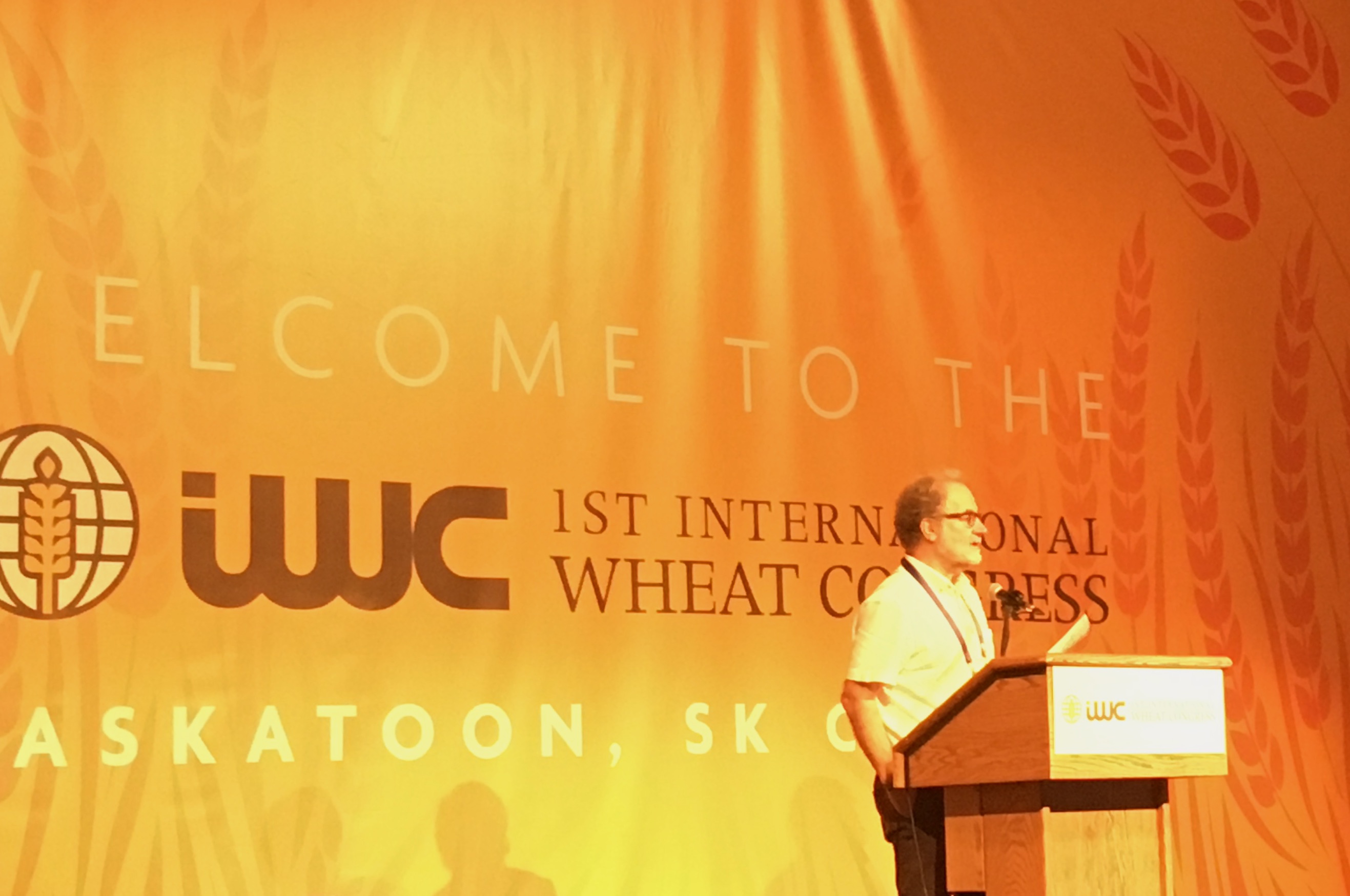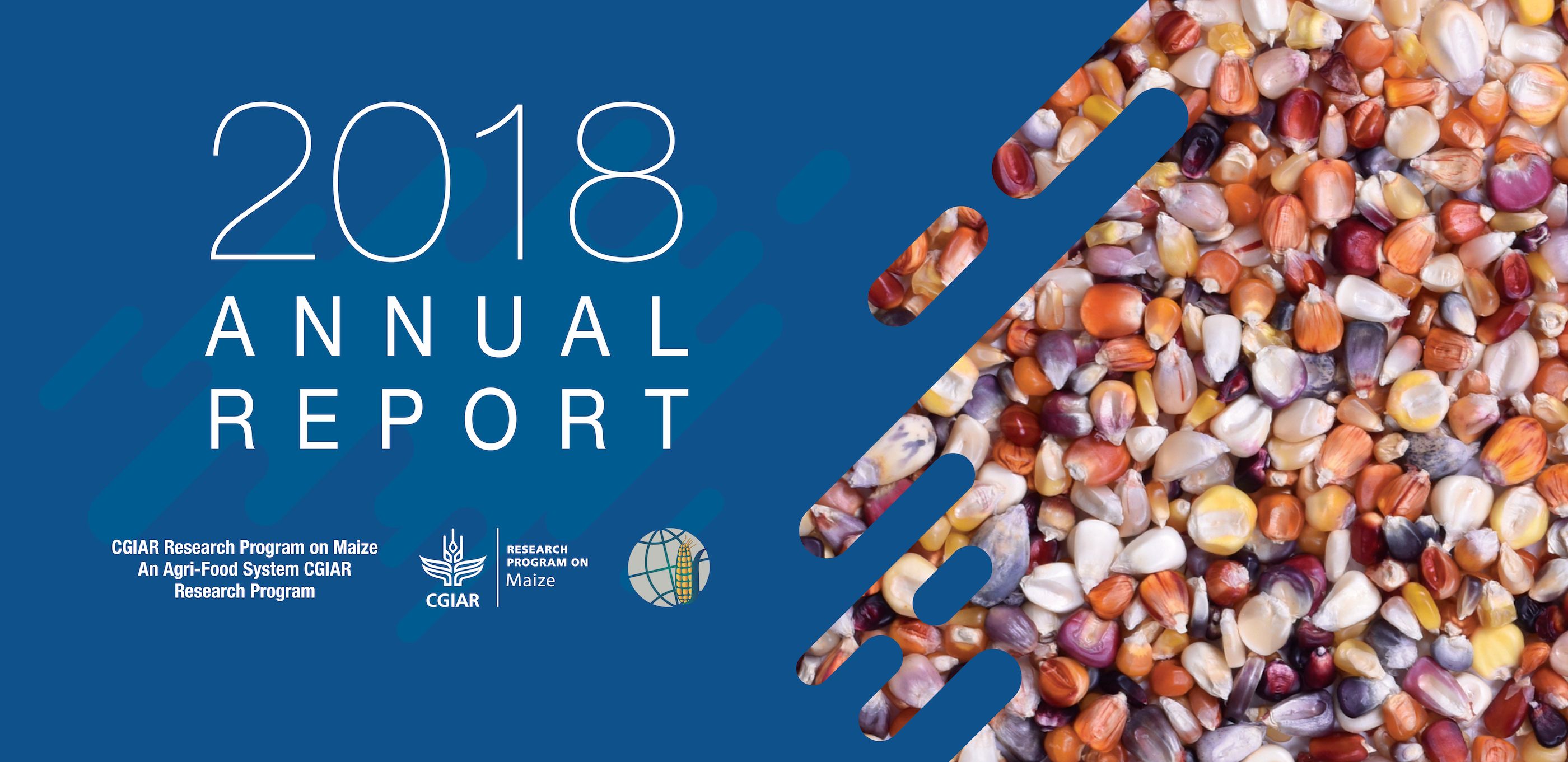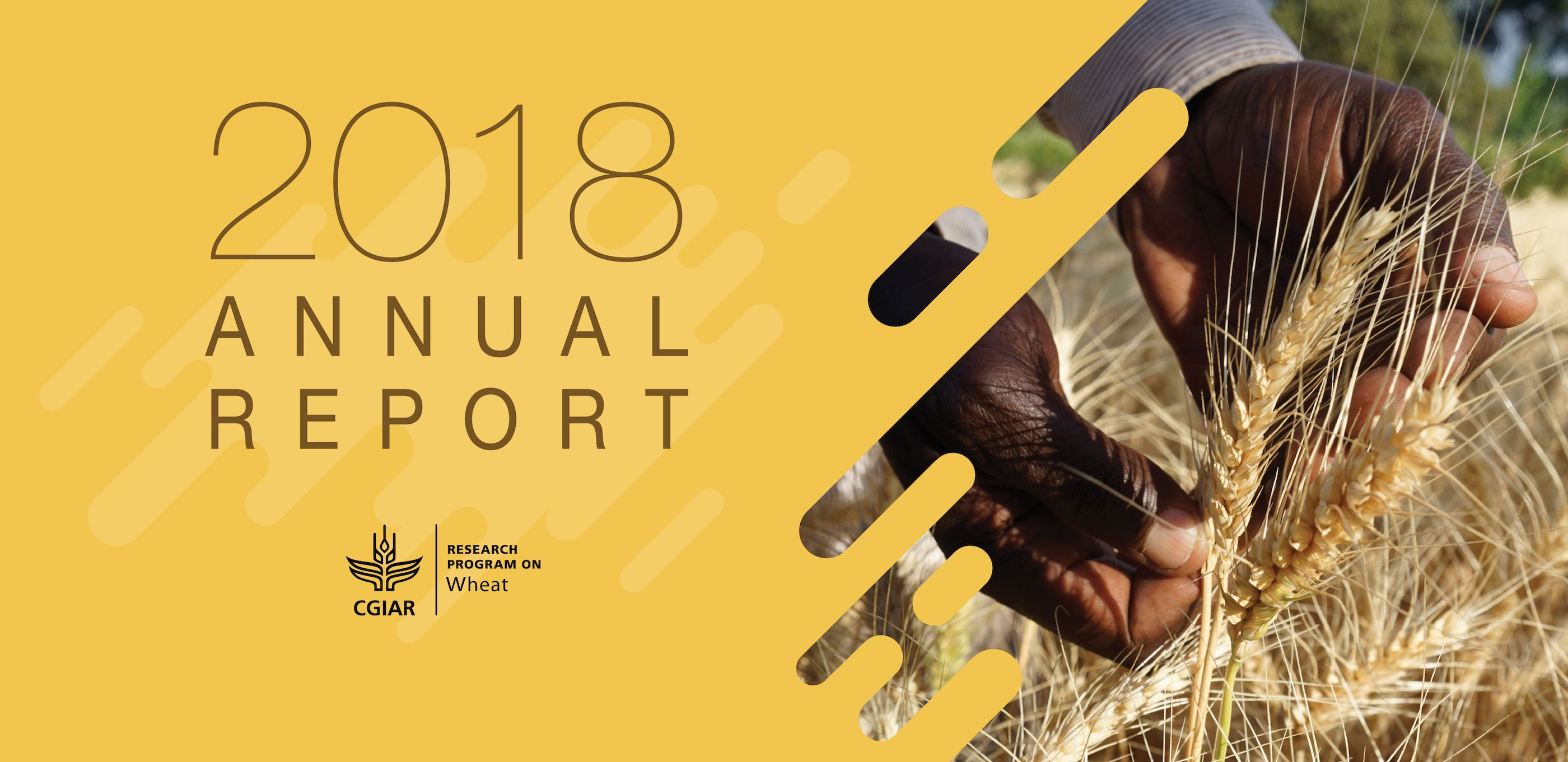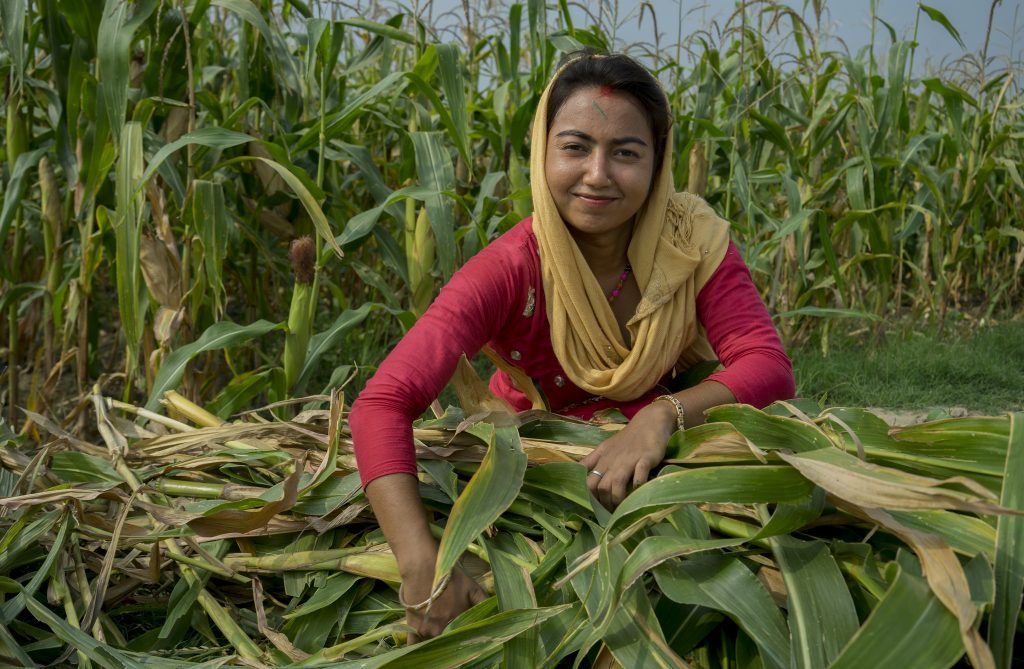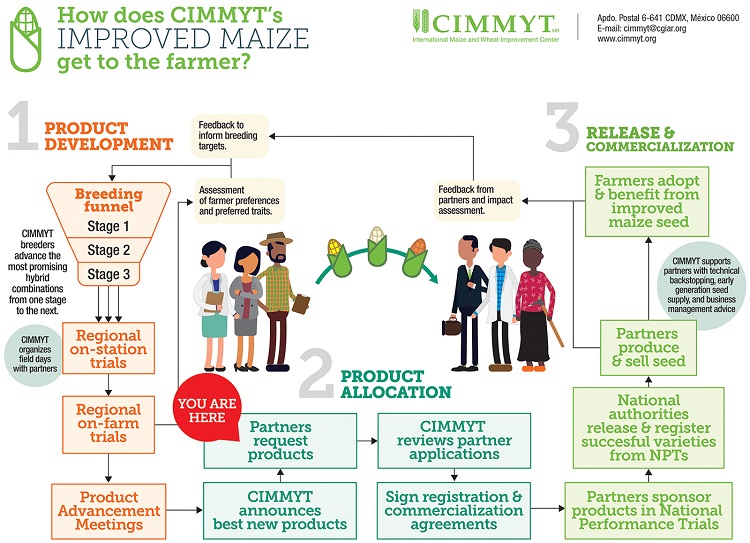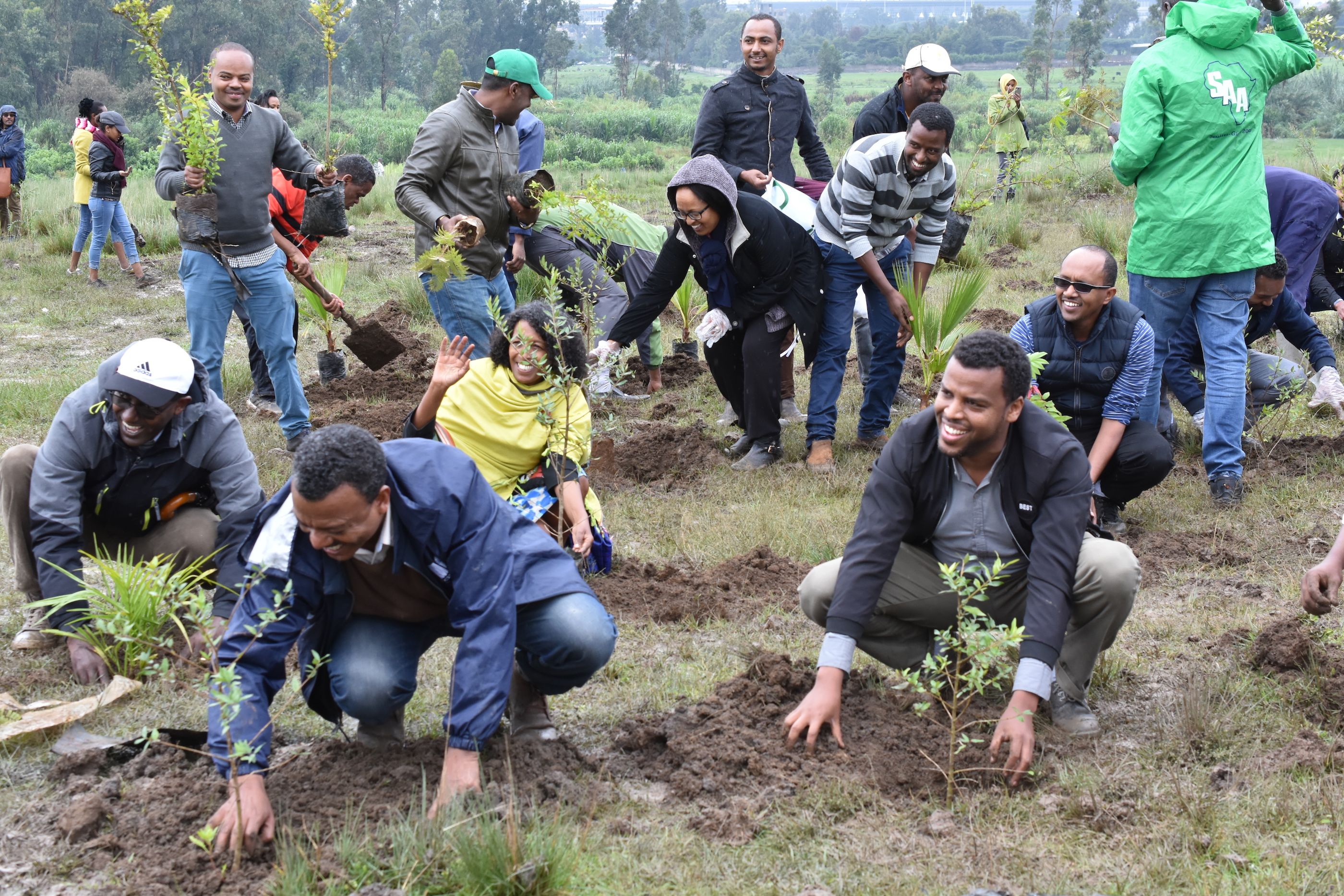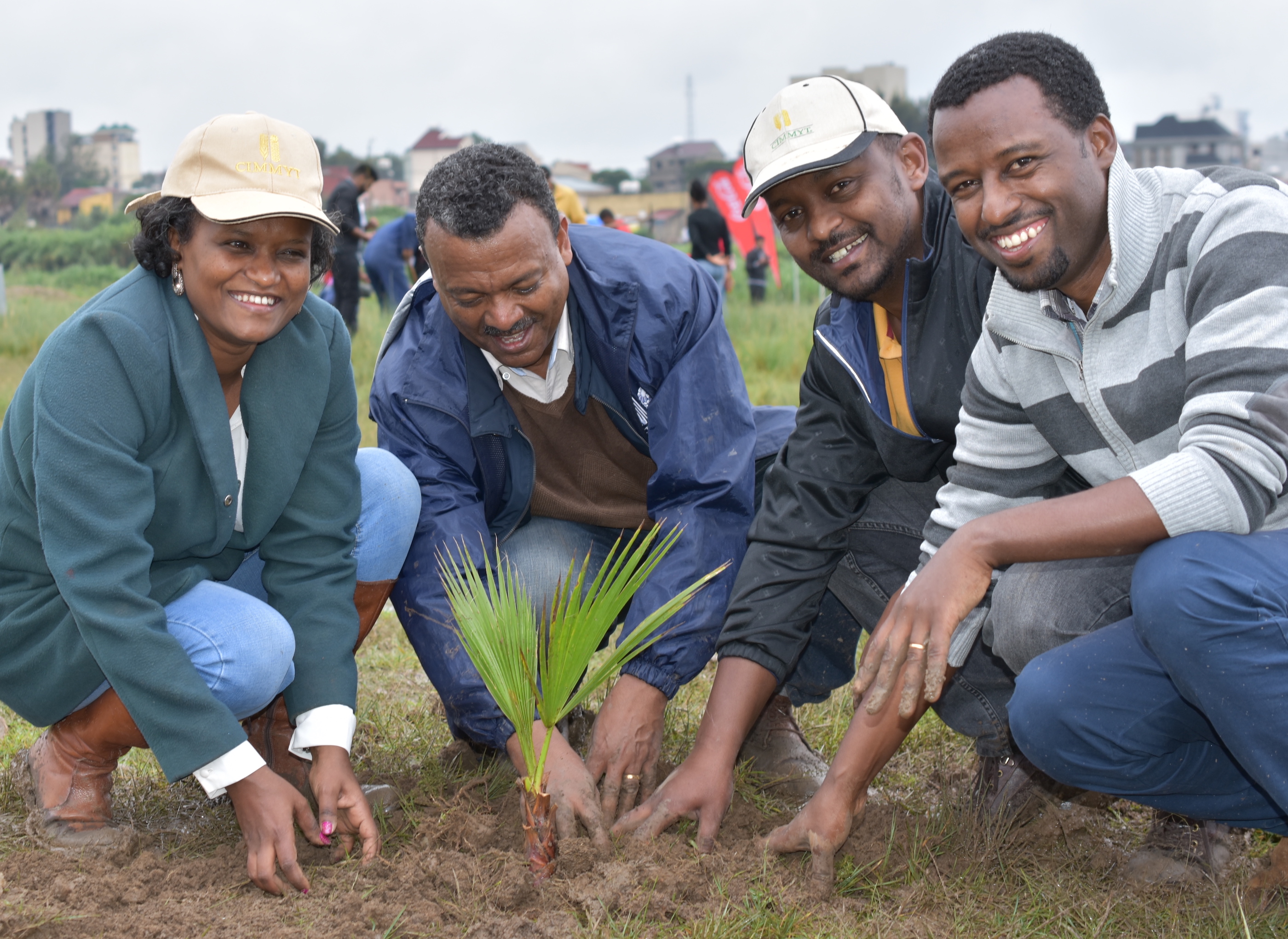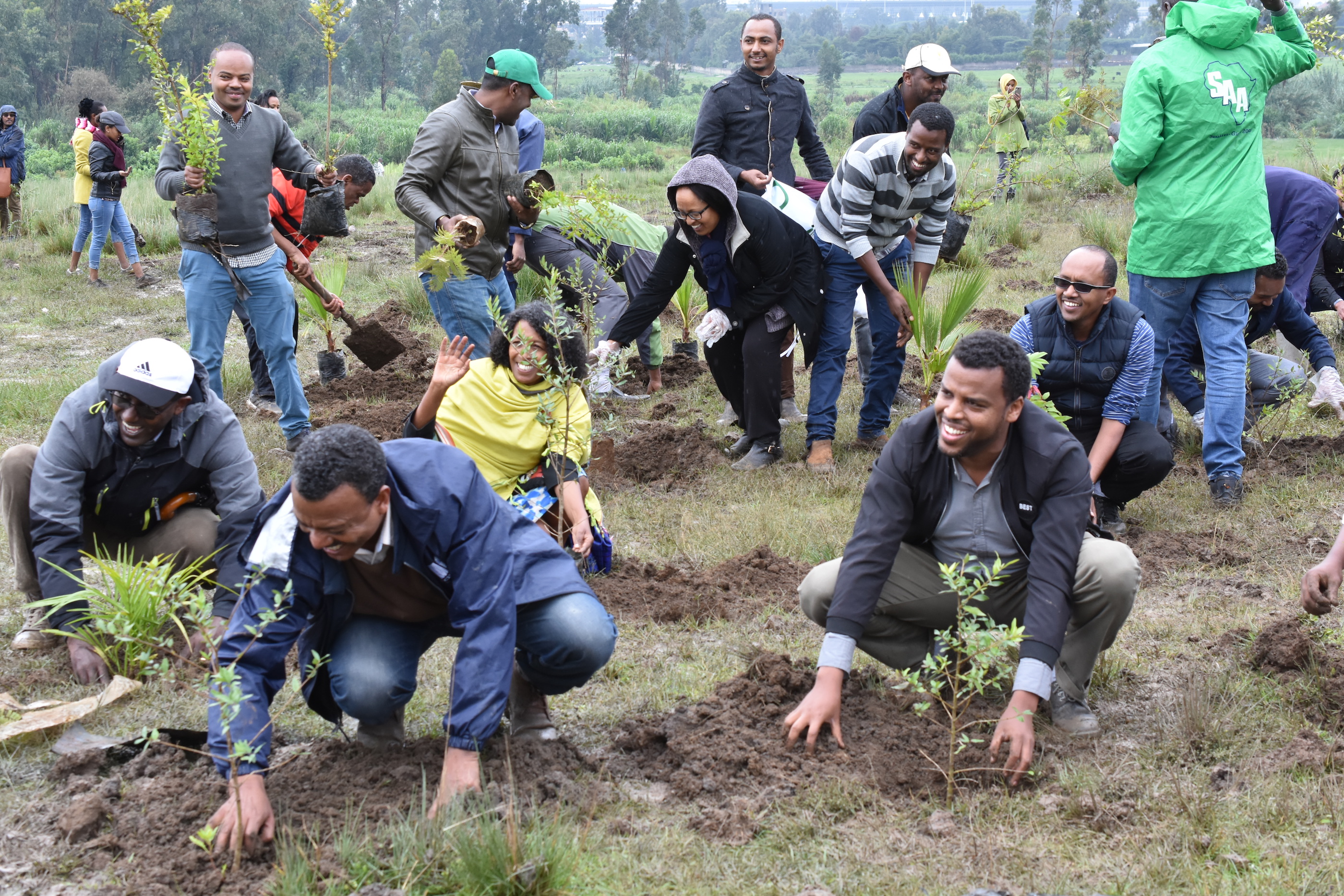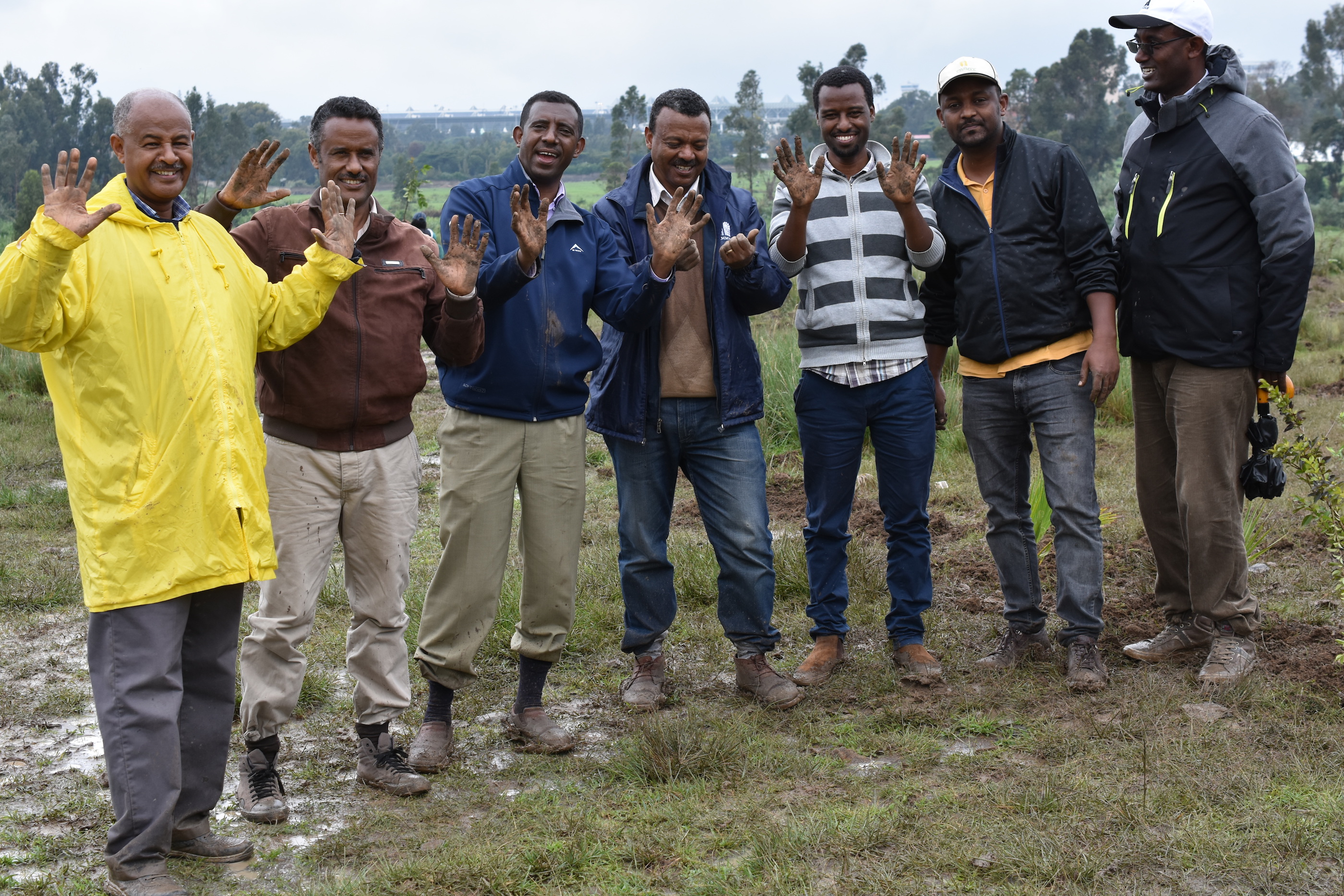Fight against fall armyworm in Asia benefits from experience in other regions
When the destructive fall armyworm arrived in Asia in the summer of 2018, scientists were not taken by surprise. They had been anticipating its arrival on the continent as the next stage of its aggressive eastward journey, driven by changing climatic conditions and international trade routes. The pest, native to North and South America, had invaded and spread throughout most of sub-Saharan Africa within two years, severely damaging billions of dollars of maize crops and threatening food security for millions of people. Asian countries would have to mobilize quickly to cope with this new threat.
After reaching India in 2018, the pest spread to other parts of Asia, including Bangladesh, mainland China, Indonesia, Laos, Myanmar, Nepal, Philippines, Sri Lanka, Taiwan, Thailand and Vietnam.
Fall armyworm is a major threat to Asia’s maize farmers, many of whom derive a crucial source of household income by selling maize as feed grain for the growing poultry sector. What is not sold is paramount for subsistence and daily nutrition in communities in the hills of Nepal, in the tribal regions of India, in the mountainous provinces of southern China, and in parts of Indonesia and the Philippines.
The pest is here to stay
Fall armyworm cannot be eradicated — once it has arrived in an agro-ecosystem, farmers must learn how to cope with it. Farmers in the Americas have lived with this pest for the last two hundred years, but their tools and management techniques cannot be simply applied in Africa or Asia. Solutions need to be tailored to specific countries and local contexts, to account for the vast differences in local ecologies, practices, policies and other conditions.
Timothy J. Krupnik and B.M. Prasanna are two of the scientists responding to fall armyworm in Asia. Both are with the International Maize and Wheat Improvement Center (CIMMYT). As a long-established organization with global presence, CIMMYT had decades of experience managing fall armyworm in its native lands before the global spread started. These scientists see the enormous threat to maize crops in Asia, and the negative impact it could have on the income and wellbeing of smallholders and their families, but they also point to opportunities to develop, validate and deploy effective solutions.
In South Asia, farmers have developed intensive agricultural techniques to produce food for rapidly growing populations, meaning agricultural inputs such as seeds, fertilizer and pesticides are more readily available than in much of Africa. The private sector is generally good at getting solutions to farmers, who are often willing and able to adopt new ways of farming. “The private sector in South Asia is in a good position to exchange and transfer technologies across the region,” explains Prasanna, who leads CIMMYT’s Global Maize Program and the CGIAR Research Program on Maize.
The accessibility of pesticides also has its risks, says Krupnik, a senior scientist based in Bangladesh. “If used incorrectly, pesticides can be unsafe, environmentally damaging and even ineffective,” he says. Krupnik’s team is currently engaging with pesticide companies in Bangladesh, helping them develop an evidence-based response to fall armyworm. “We want to encourage effective, environmentally safer solutions such as integrated pest management that cause least harm to people and ecosystems,” he explained.
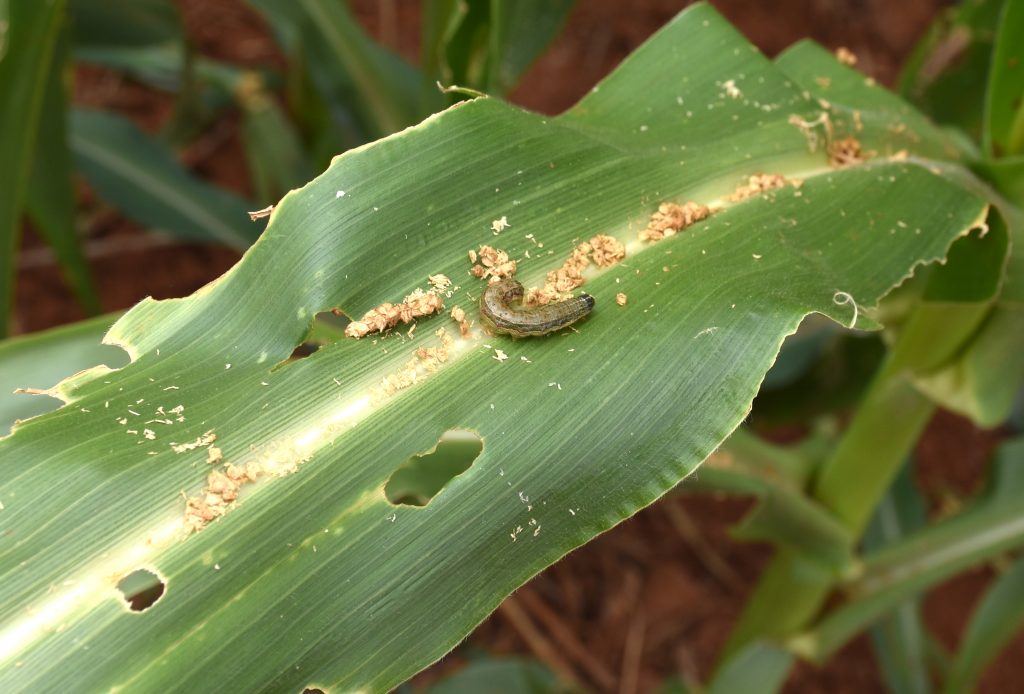
A global effort
The global nature of the challenge may have a silver lining. “Over the last three years, we have learned important lessons on fall armyworm management in Africa, including what technologies work and why,” says Prasanna. “With the pest now a global problem, there is great potential for cooperation among affected countries, especially between Africa and Asia.”
Researchers emphasize that a collective effort is needed to respond to the fall armyworm in Asia. CIMMYT is working with partners around the world to help leverage and share expertise and technologies across borders.
China has as much acreage of maize as the whole African continent, and has tremendous institutional expertise and capacity to deal with new challenges, explains Prasanna. His team is in discussions with Chinese researchers to share knowledge and solutions across Asia.
Bangladesh and Nepal are among the countries seeking linkages with international experts and researchers in other countries.
In Africa, CIMMYT was part of a global coalition of scientists and governments who joined forces in 2017 to tackle the fall armyworm threat and develop scientific solutions. The researchers want to see this approach expand into Asia, supported by the donor community.
As the pest continues its relentless expansion in the region, extensive work is ahead for both research and development institutions. Researchers need to identify and promote best management practices. Technologies will have to be environmentally sustainable, durable and inclusive, says Prasanna.
Joining hands
“To achieve this, we need a multidisciplinary team including breeders, pest management experts, seed specialists, agronomists and socioeconomists, who can share science-based evidence with development partners, governments and farmers,” Prasanna says.
CIMMYT researchers are on the path towards developing improved maize varieties with native genetic resistance to fall armyworm. They are also engaging with farming communities to make sure other integrated pest management solutions are available.
In addition to developing agronomic practices and technologies, scientists are reaching out to farming communities with the right messages, Krupnik explains. “As well as being technical experts, our scientists are embedded in the countries where we work. We’ve lived here for a long time, and understand how to engage with local partners,” he says.
Cross-border collaboration and knowledge transfer is already happening. Partners in Laos enthusiastically adapted fall armyworm informational materials from Bangladesh for local dissemination. Krupnik and his team have also collaborated on a video with guidance on how to identify and scout for fall armyworm in a field, developed by Scientific Animations without Borders.
Fall armyworm will continue its spread across Asia, and researchers will have many questions to answer, such as how fall armyworm interacts with very diverse Asian agro-ecosystems, the pest population dynamics, and measuring the economic impacts of interventions. Solutions need to be developed, validated and deployed for the short, medium and long term. Krupnik and Prasanna hope that international cooperation can support these crucial research-for-development activities.
“Fall armyworm is here to stay. We are running a marathon and not a 100-meter sprint,” proclaimed Prasanna. “Let’s work collectively and strategically so that the farmer is the ultimate winner.”
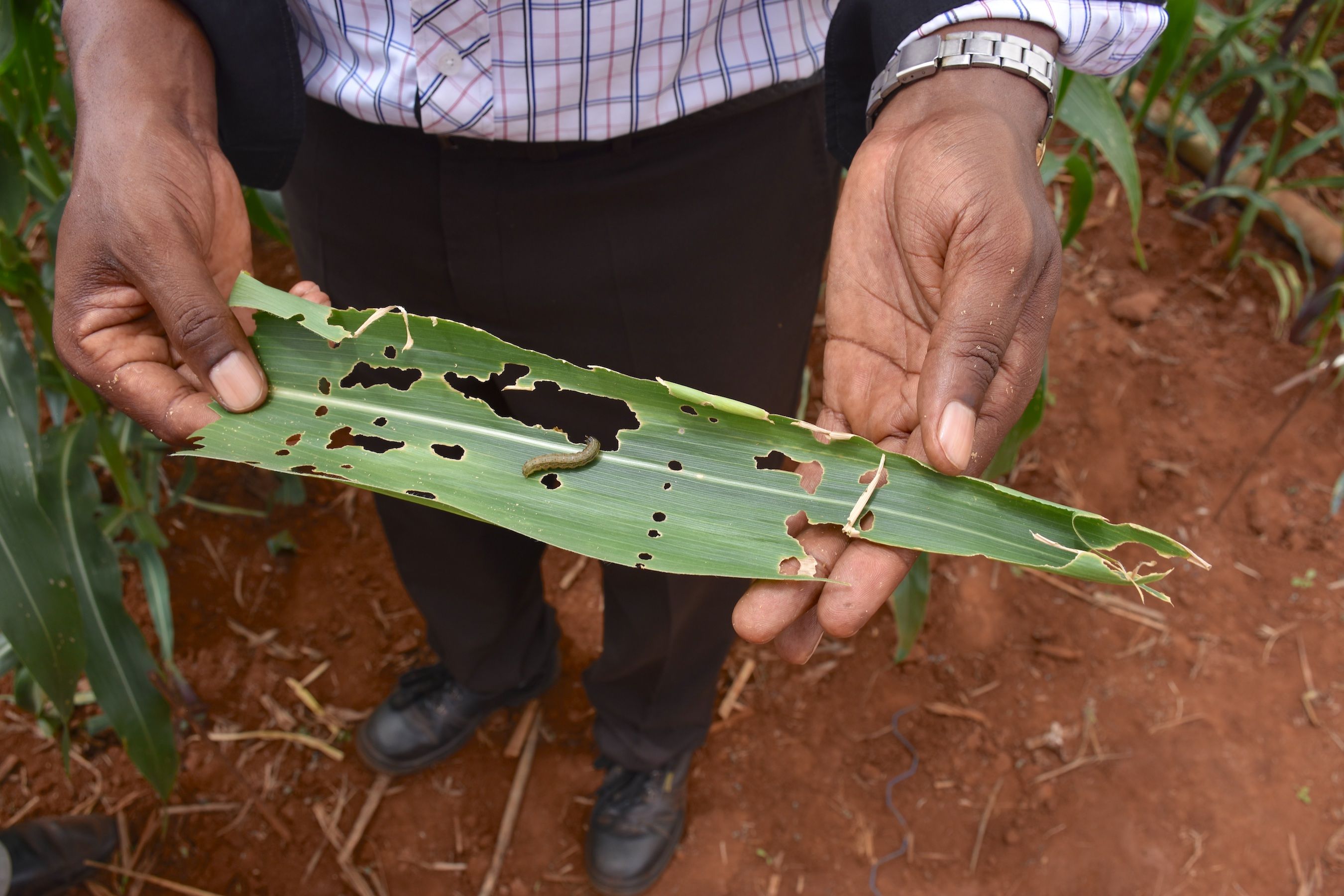
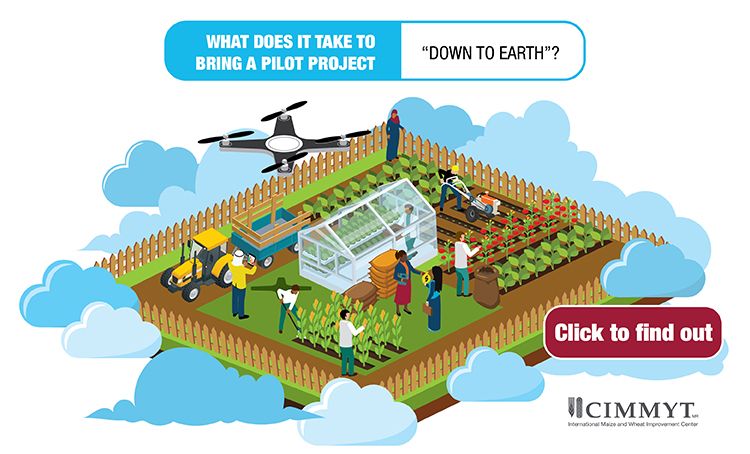
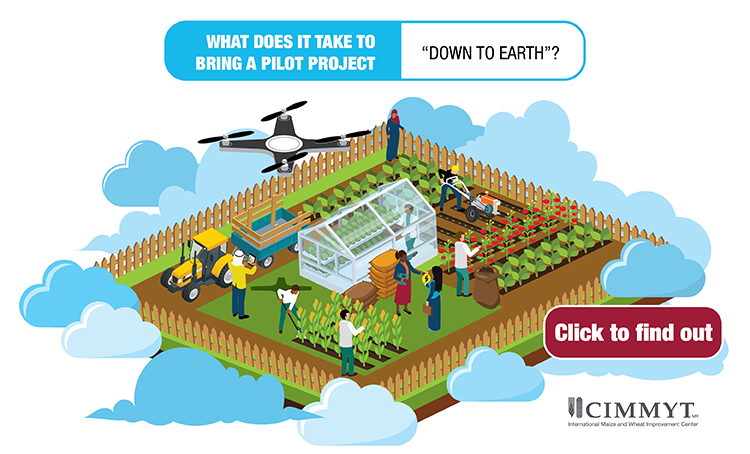

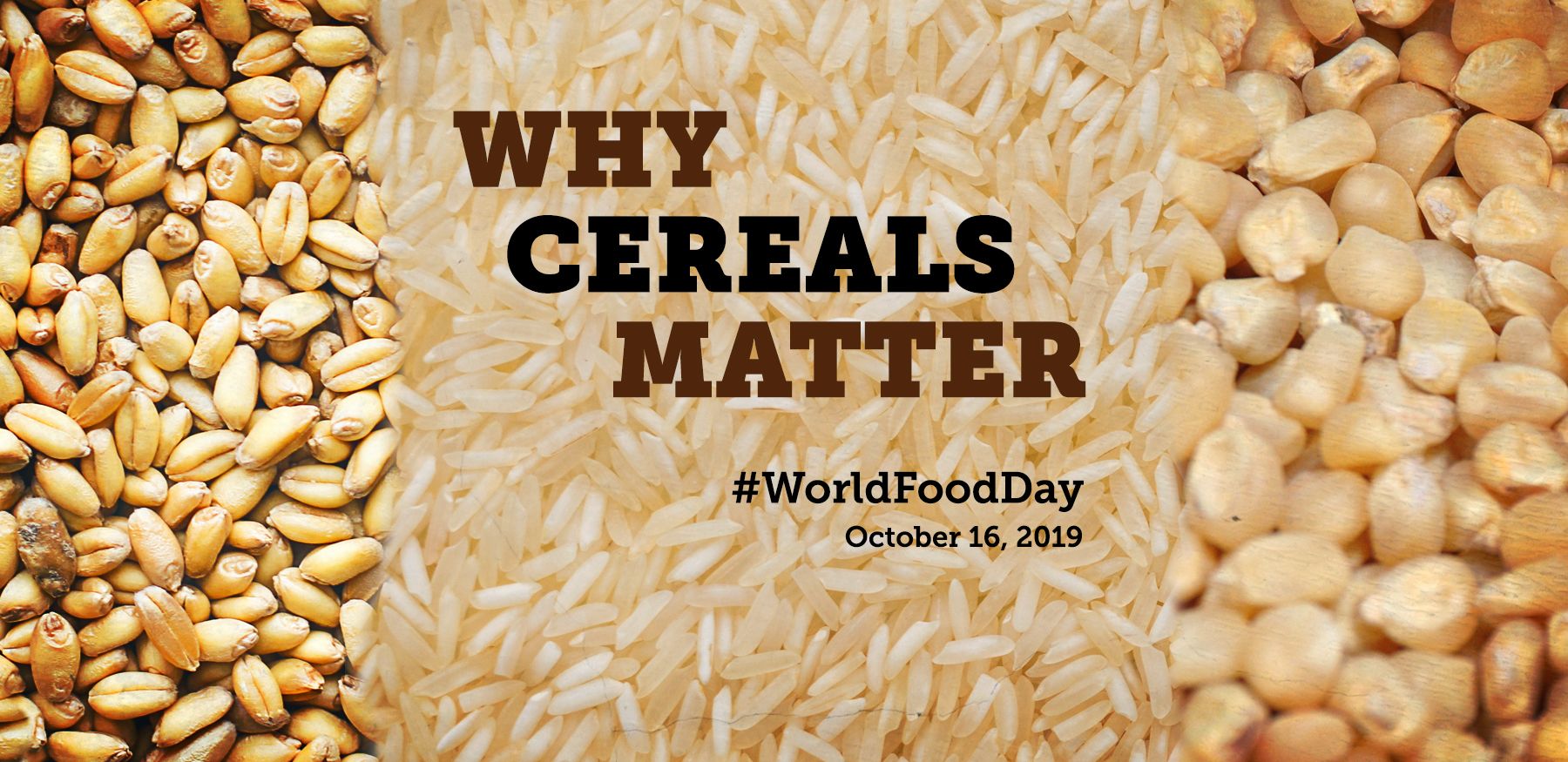
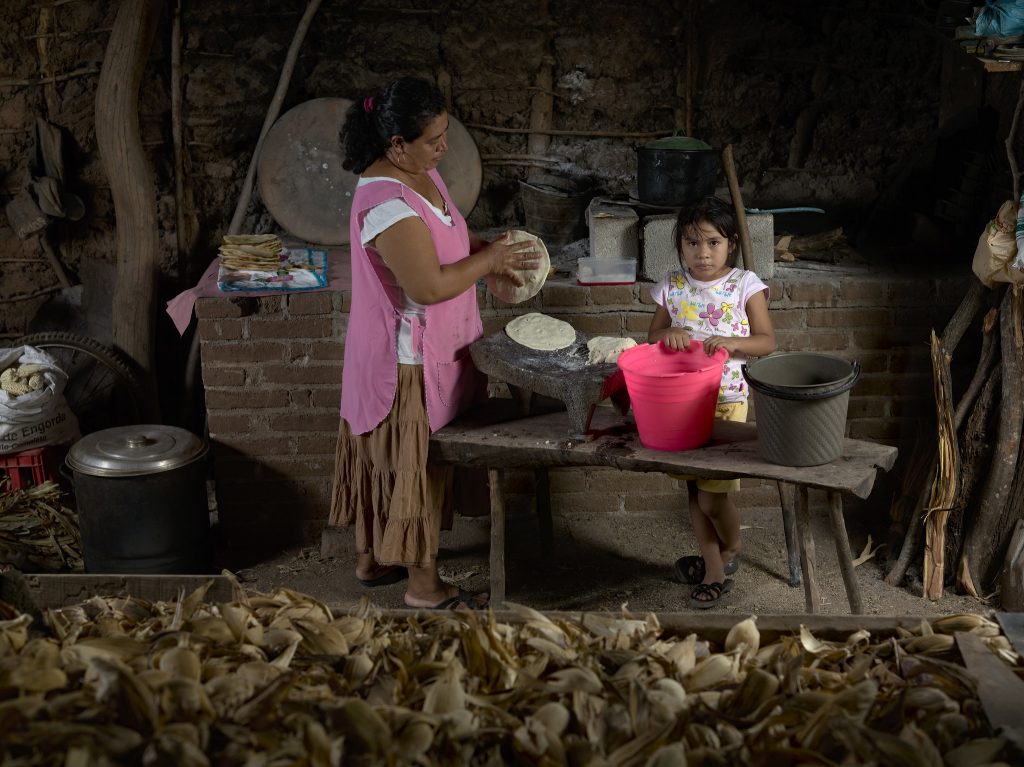
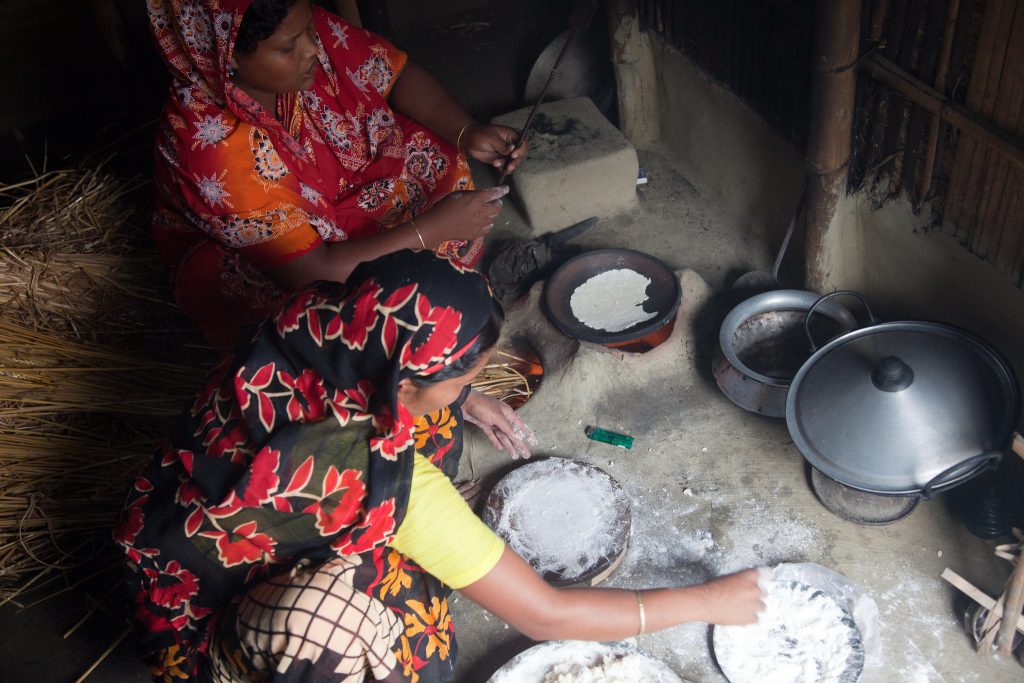
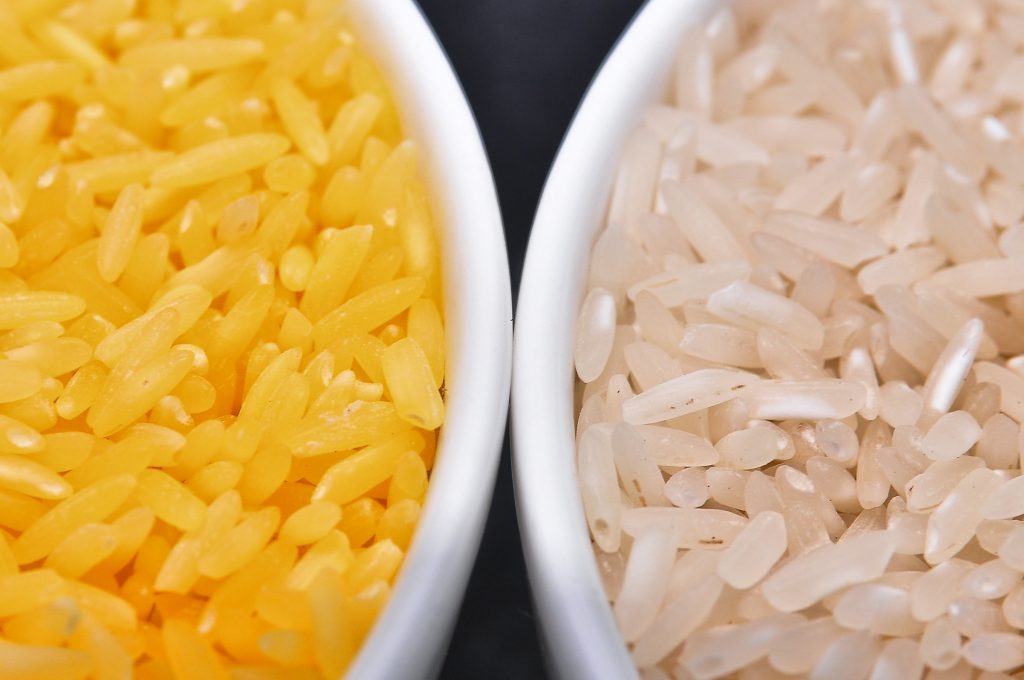
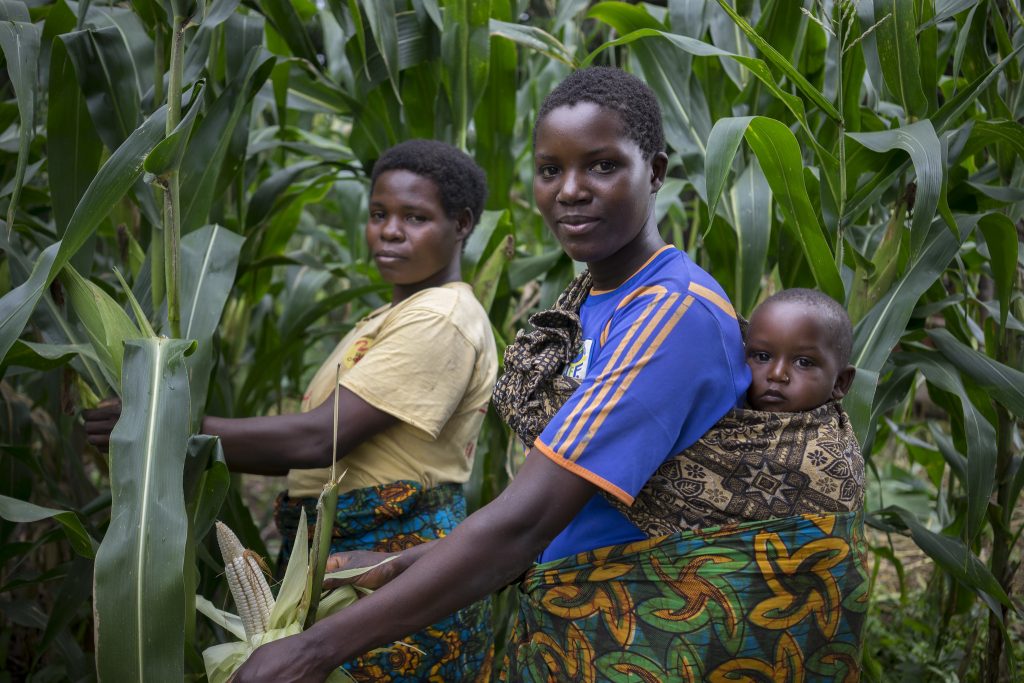
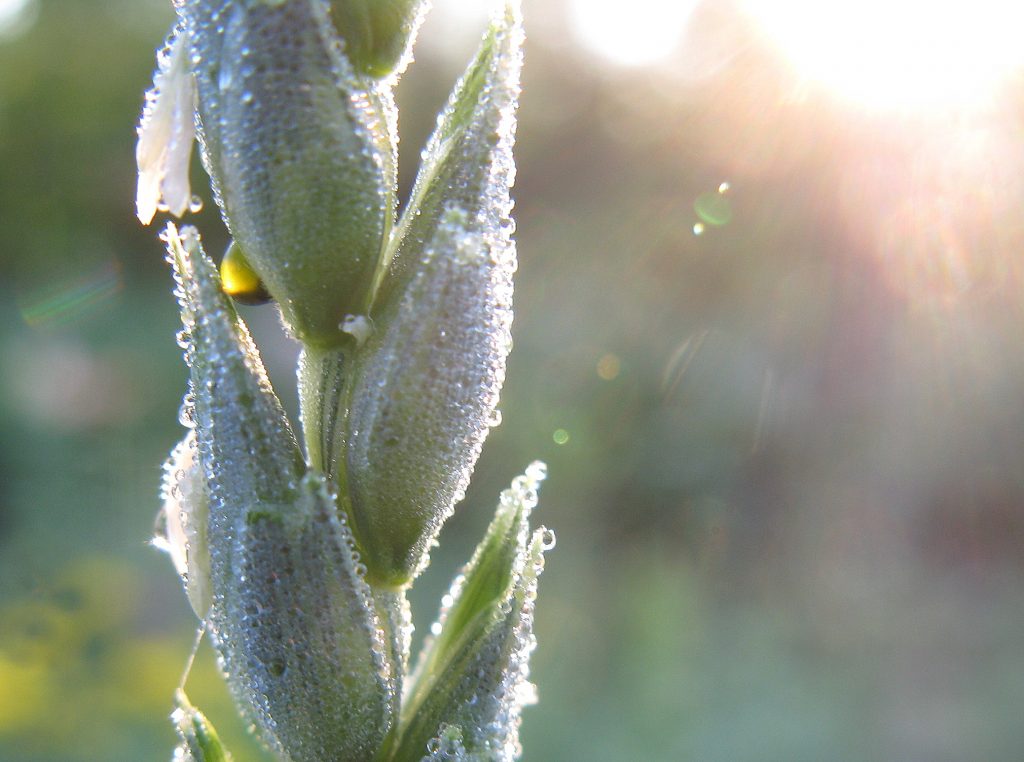
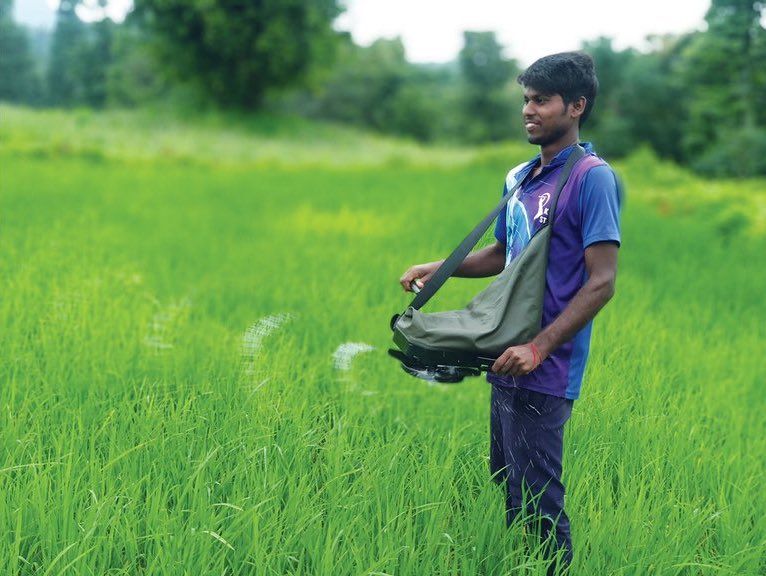
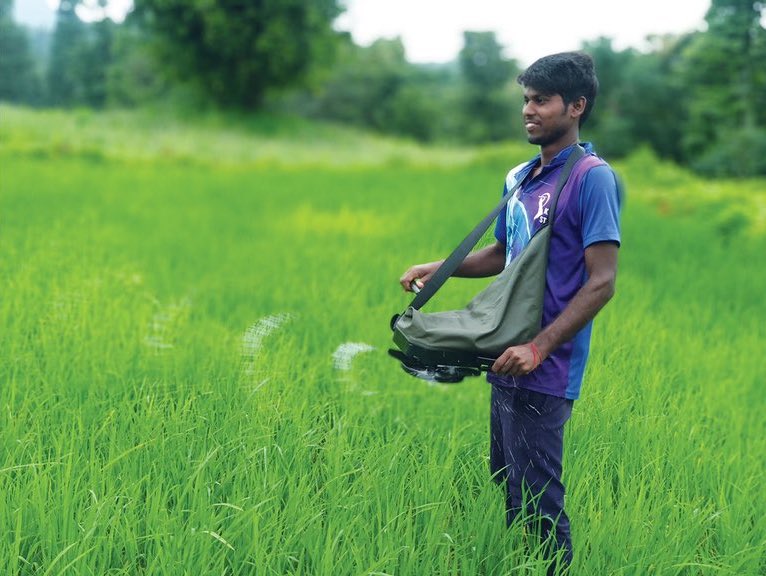

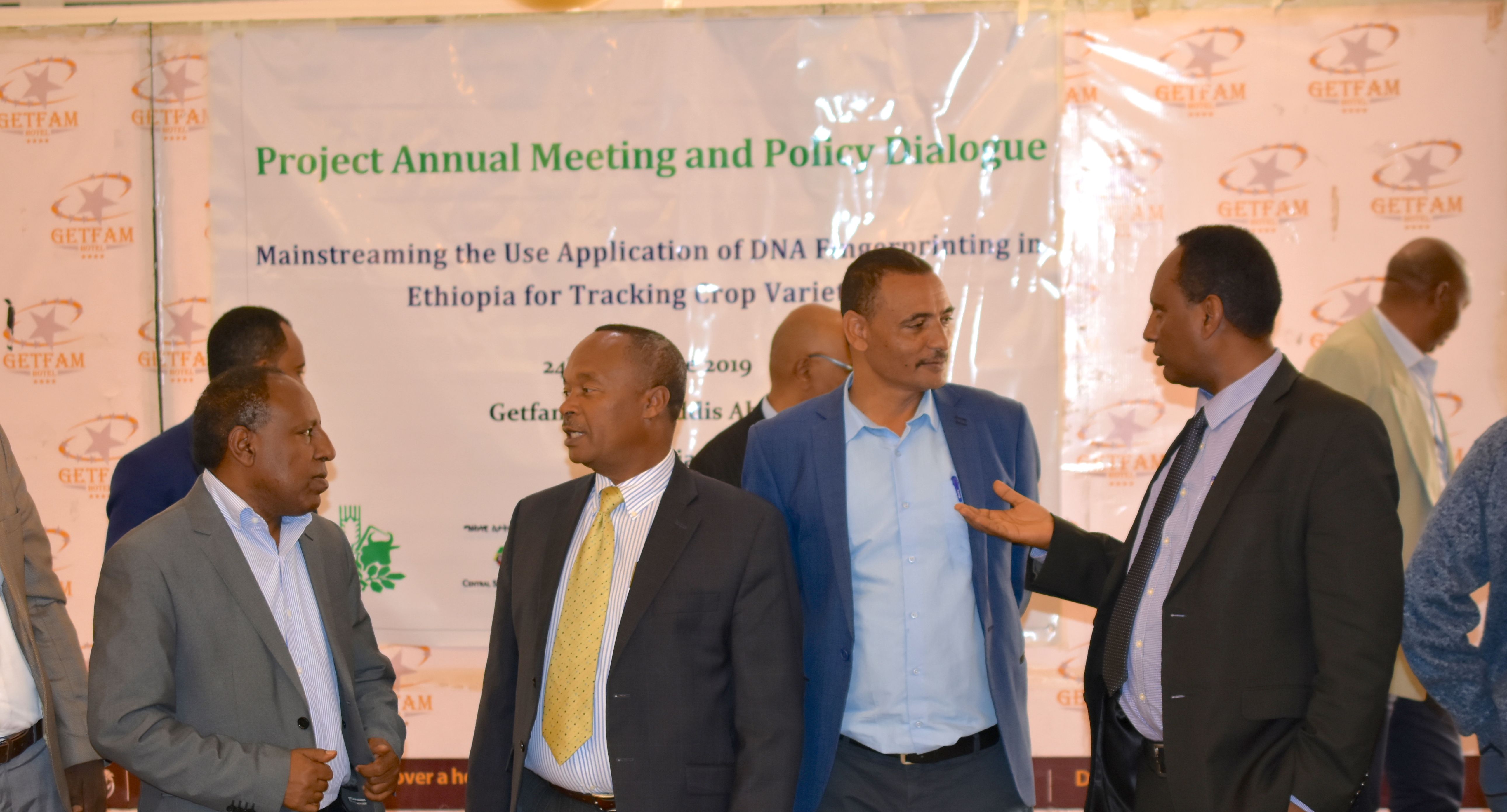
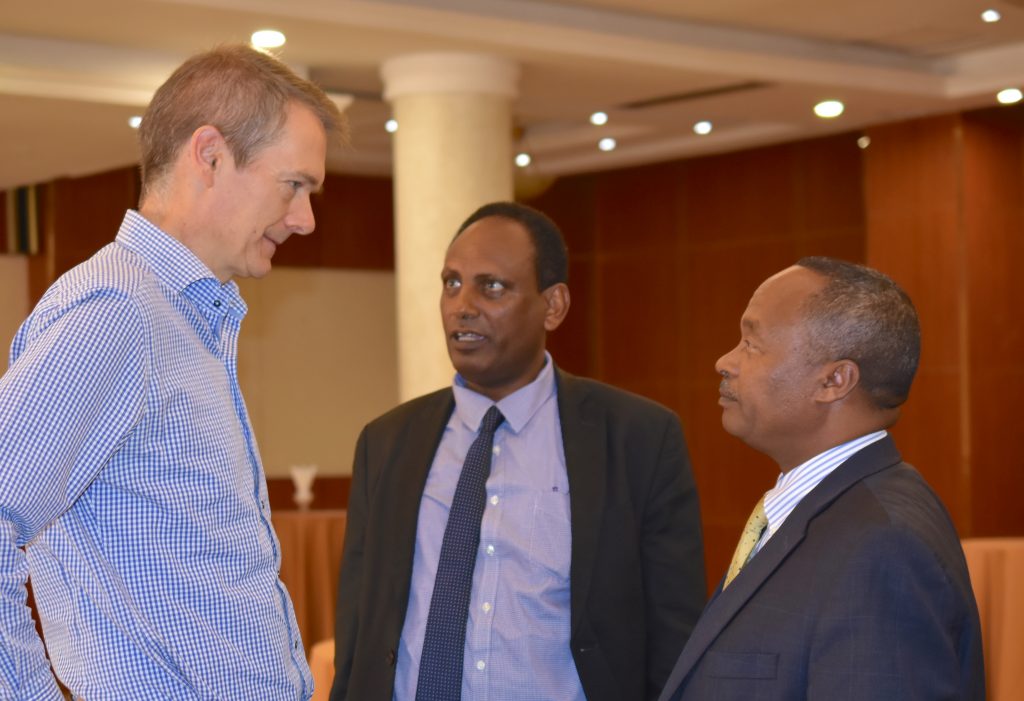
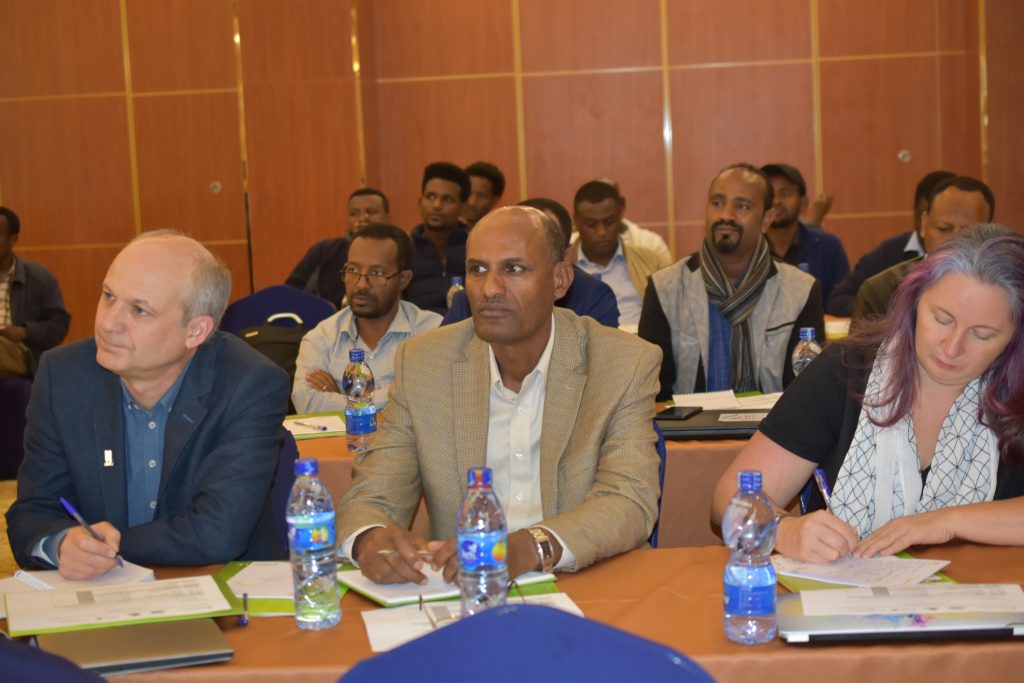
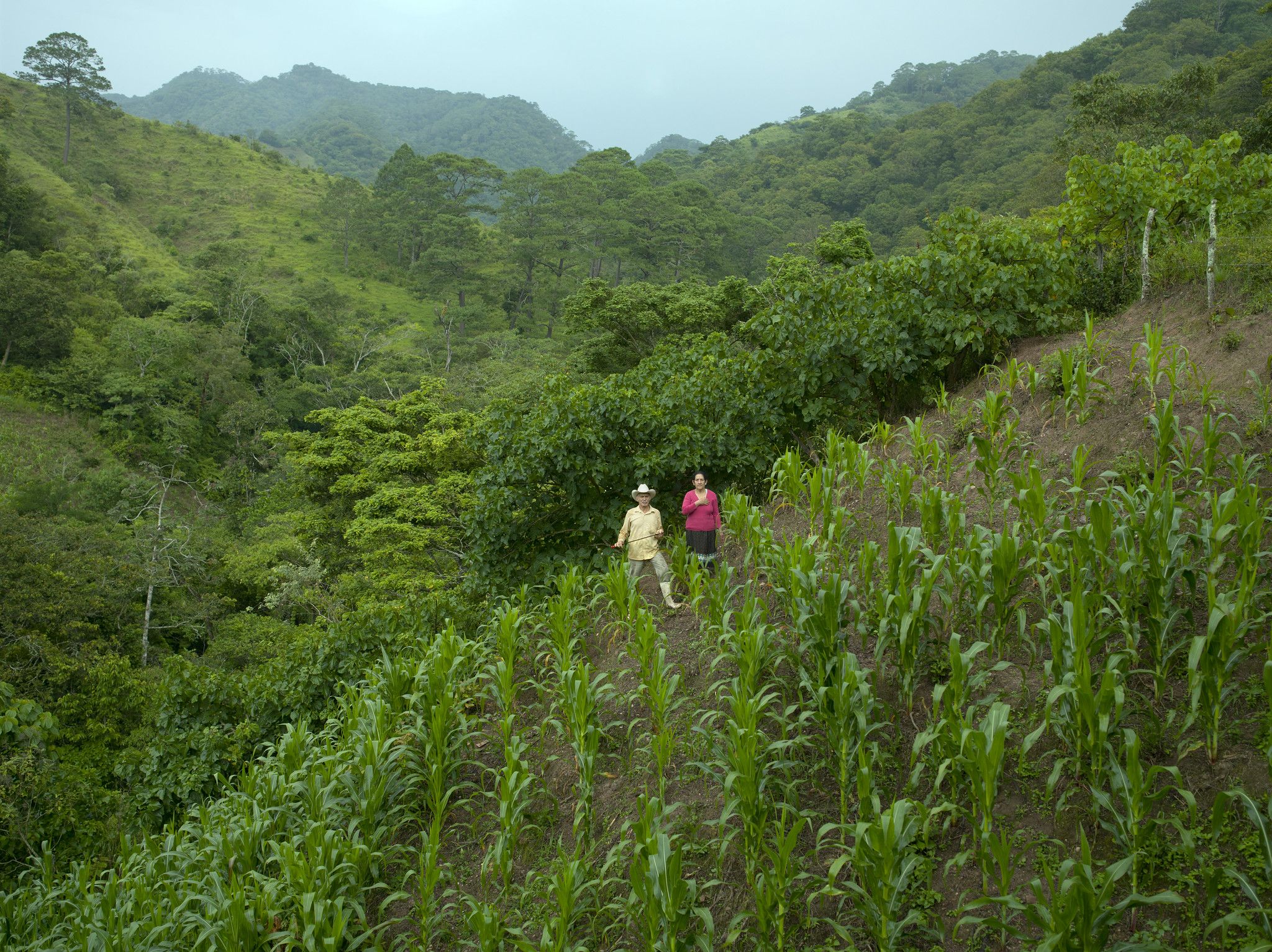

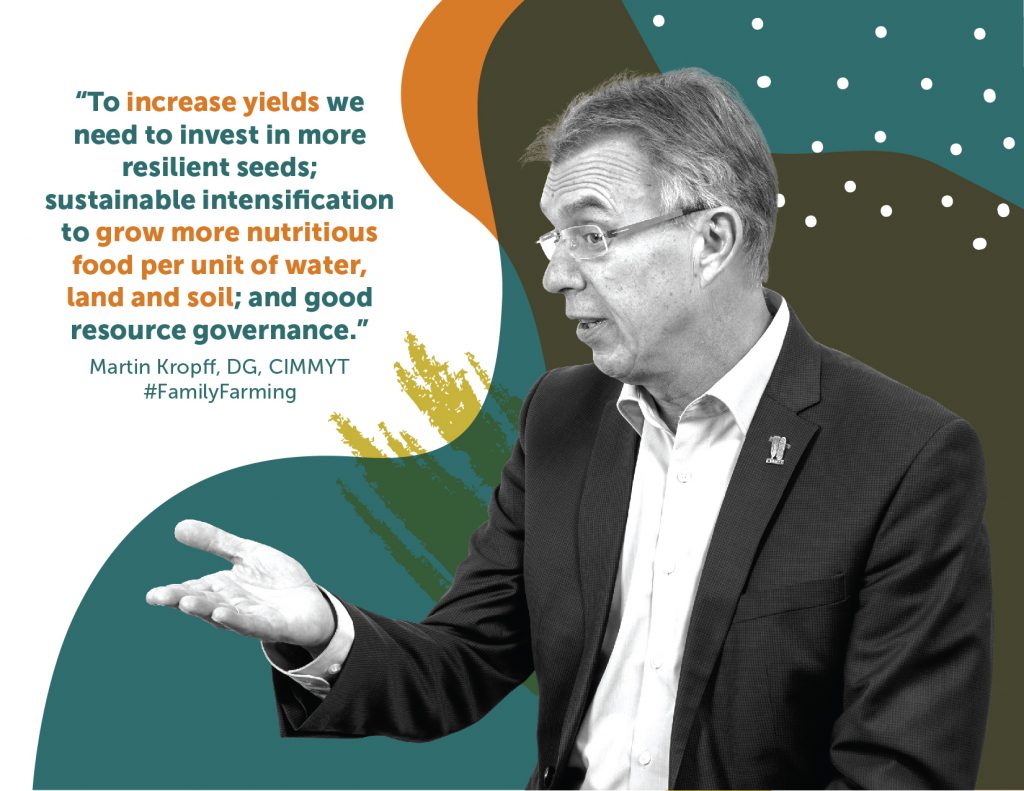 On the transformations that need to happen
On the transformations that need to happen
